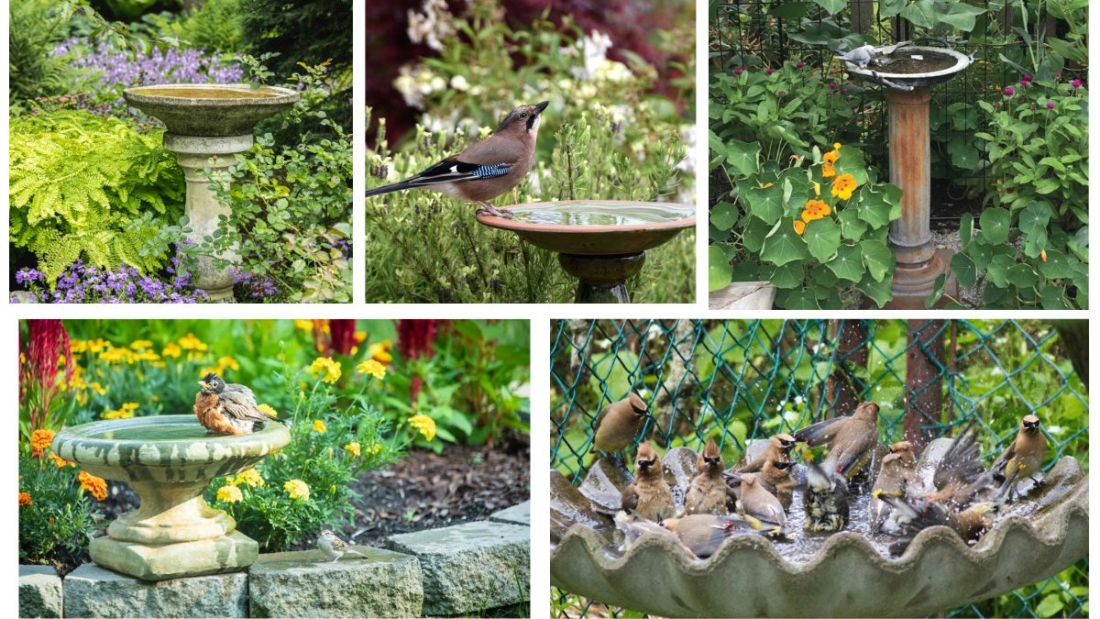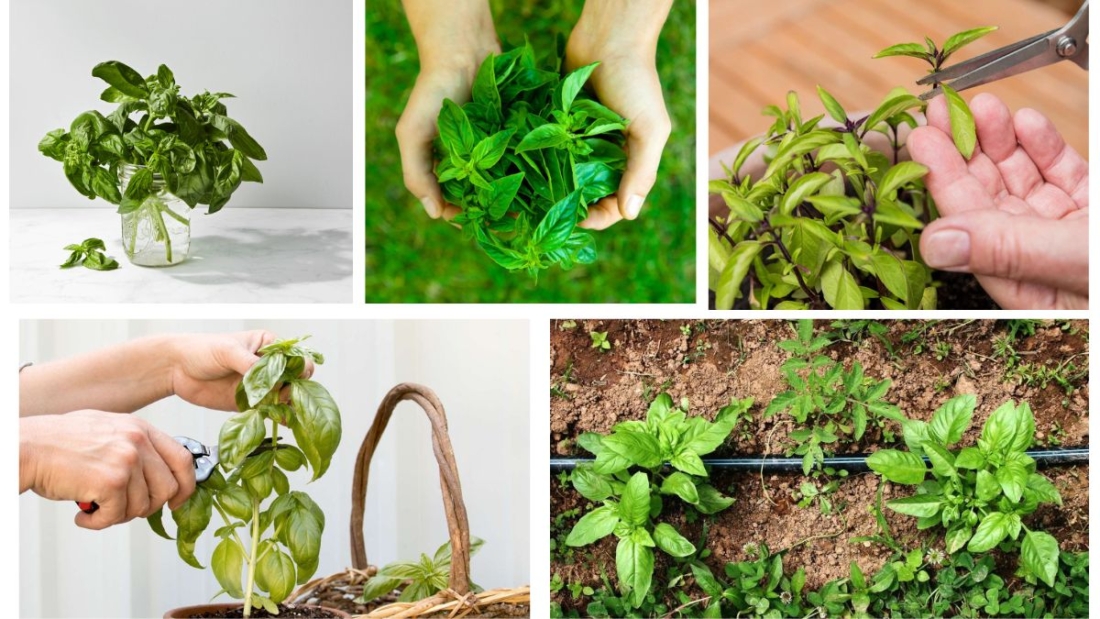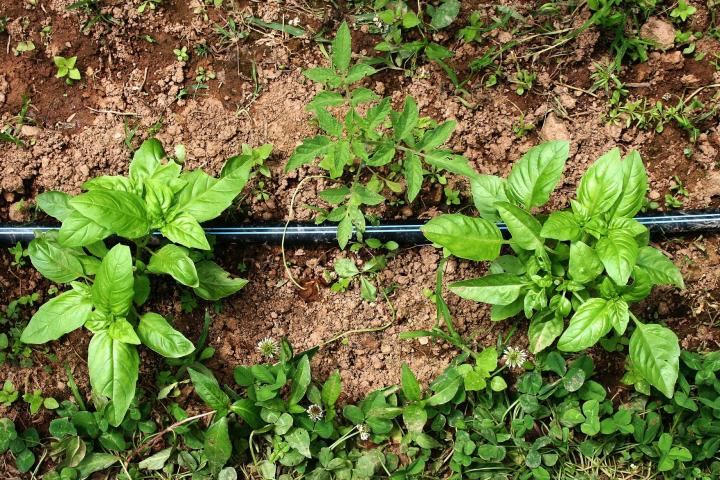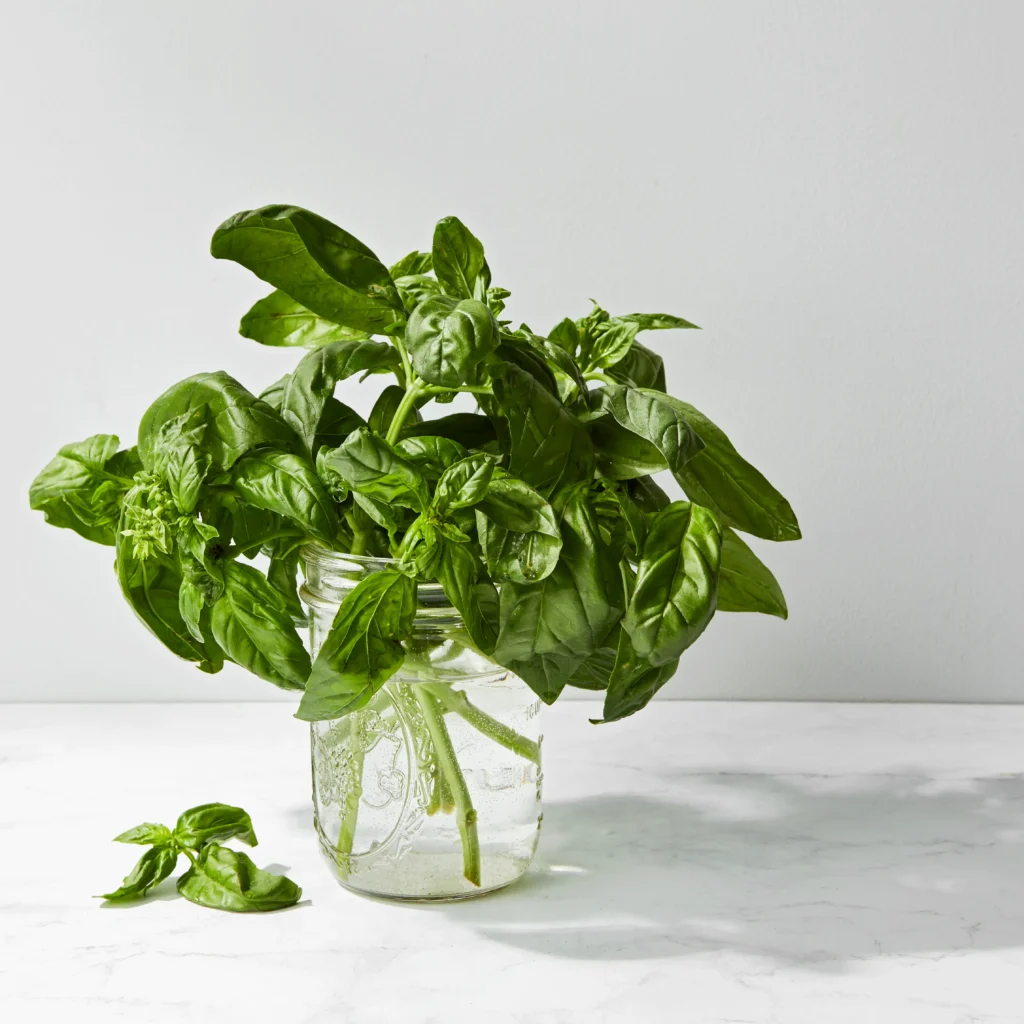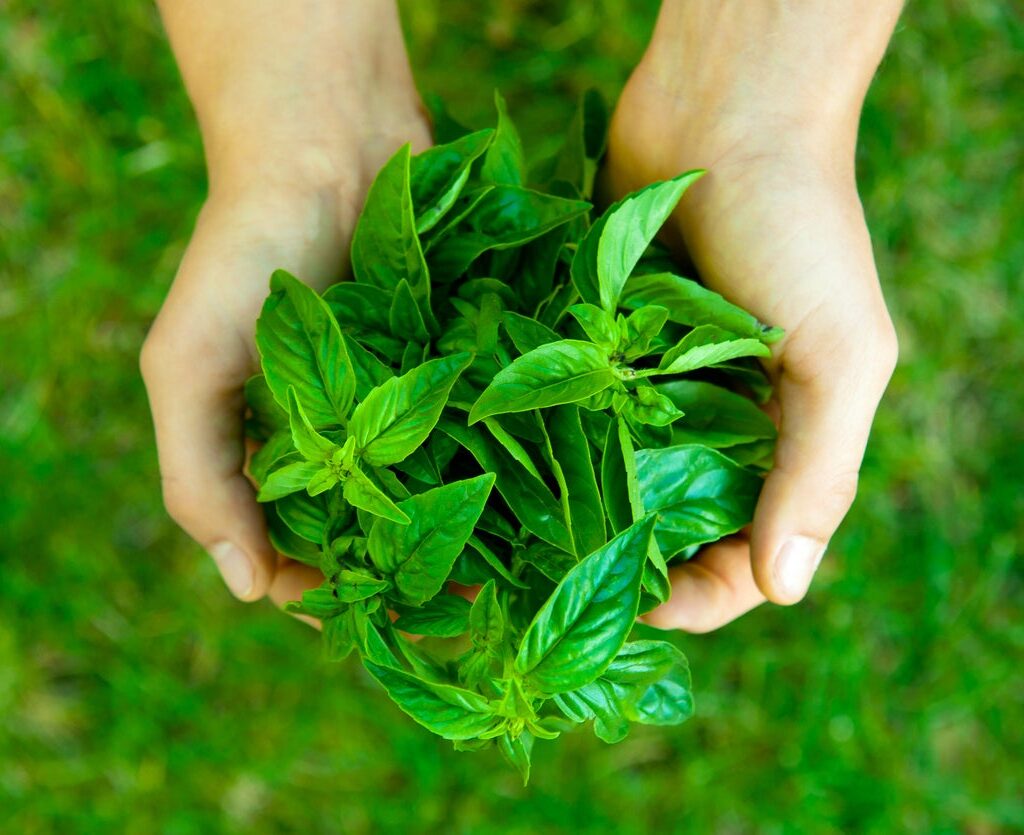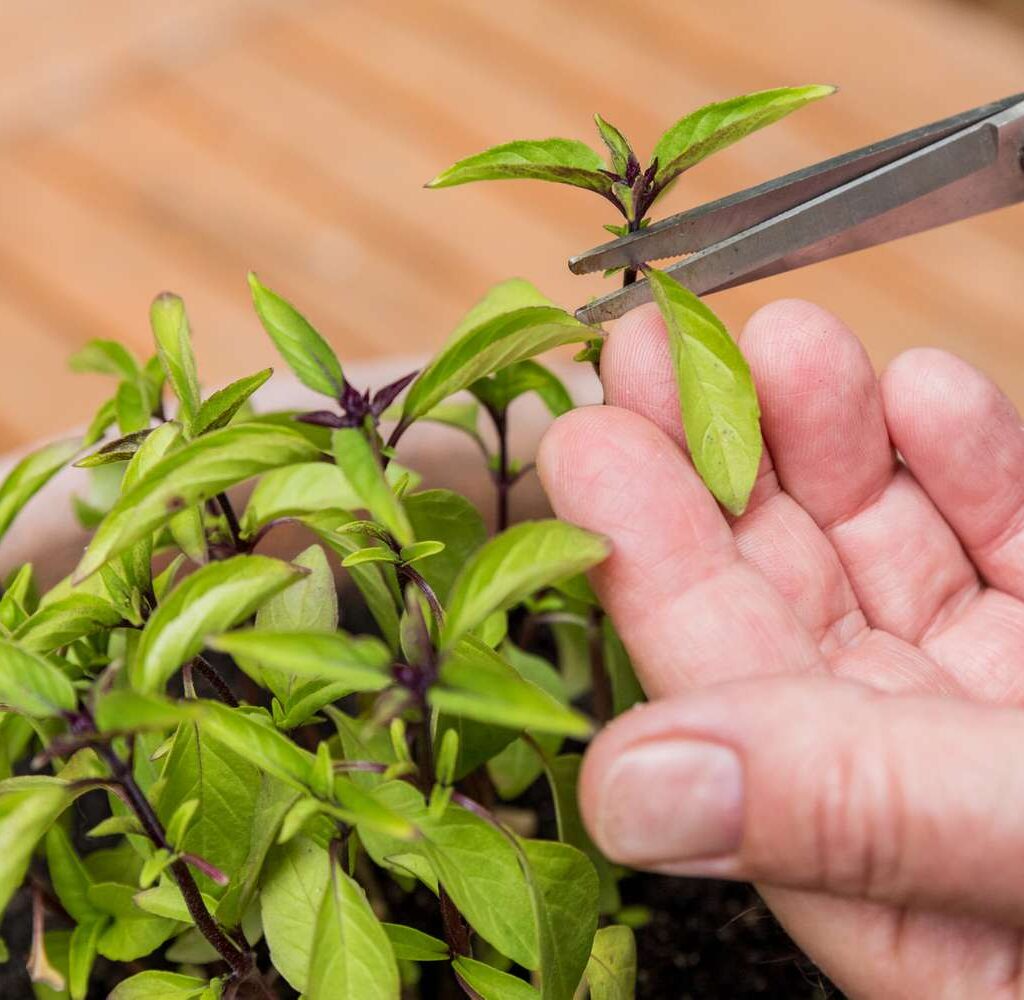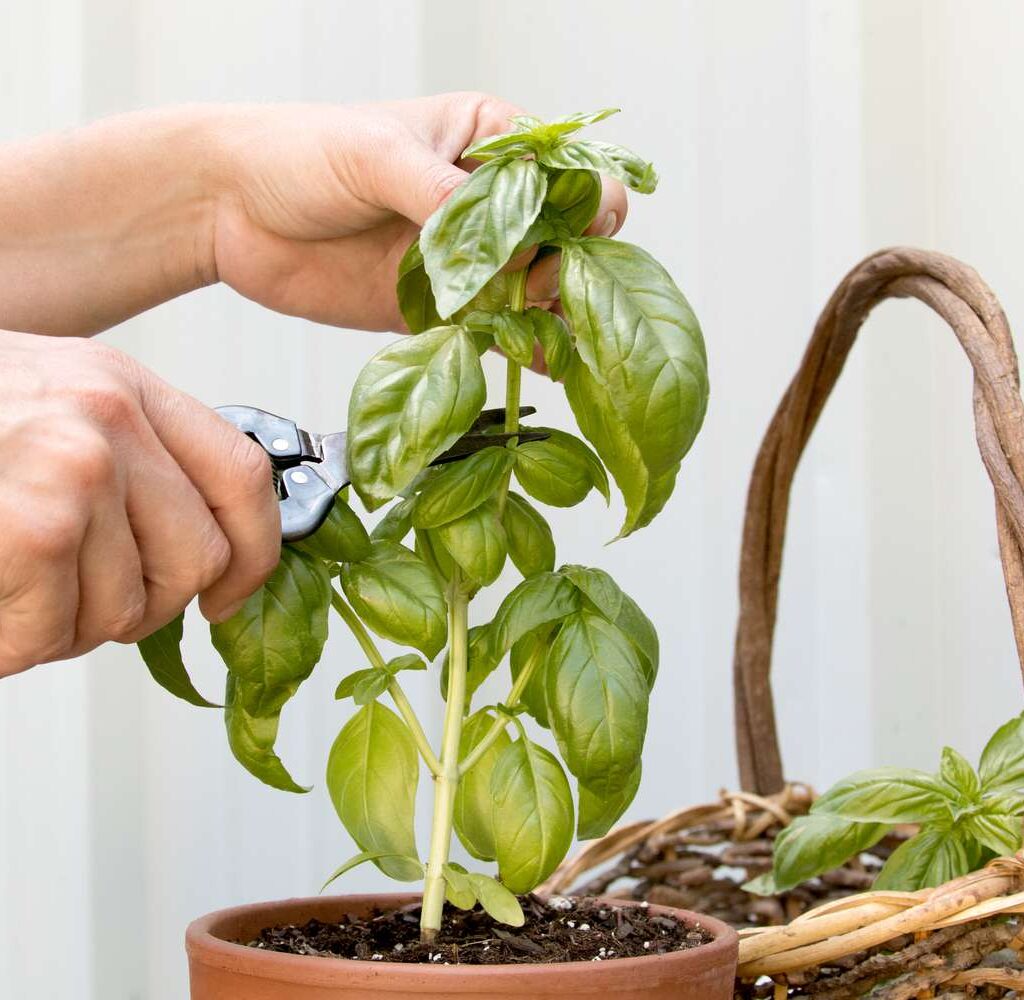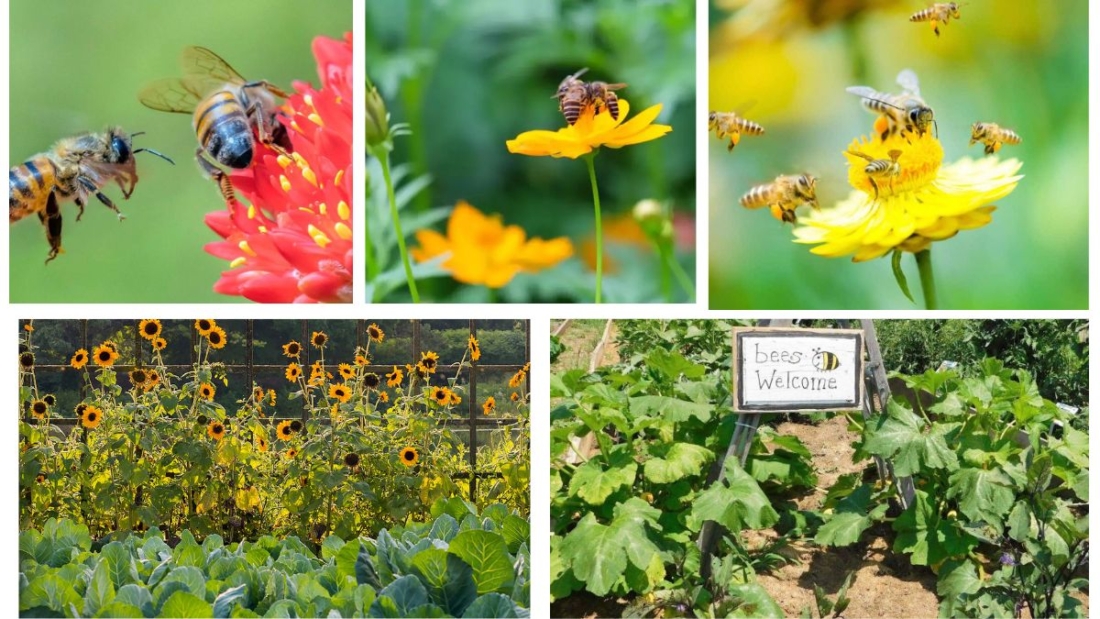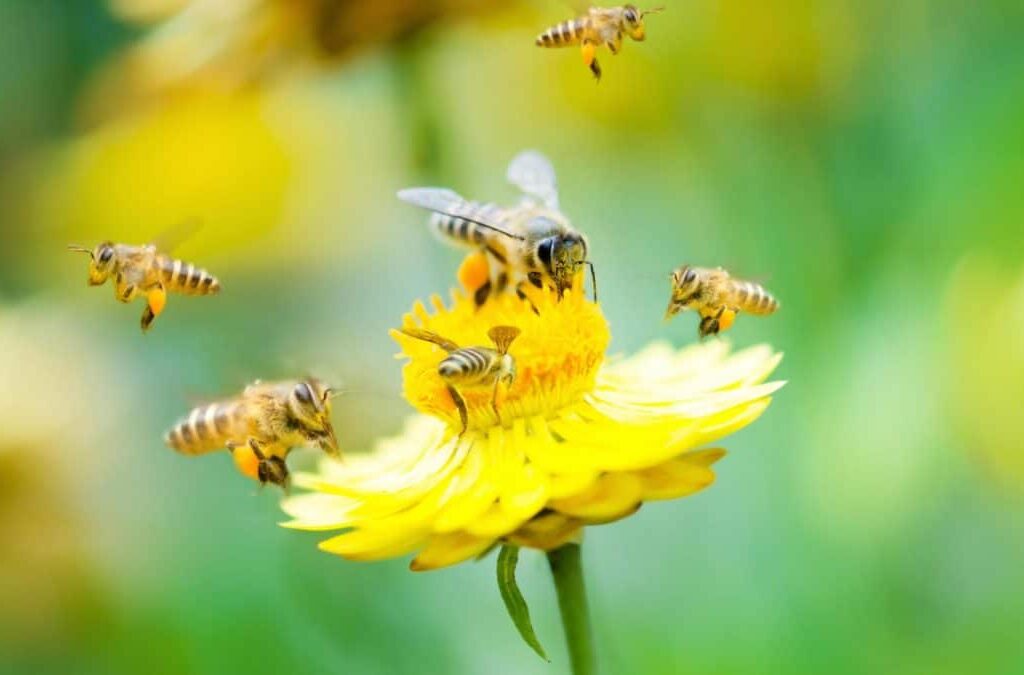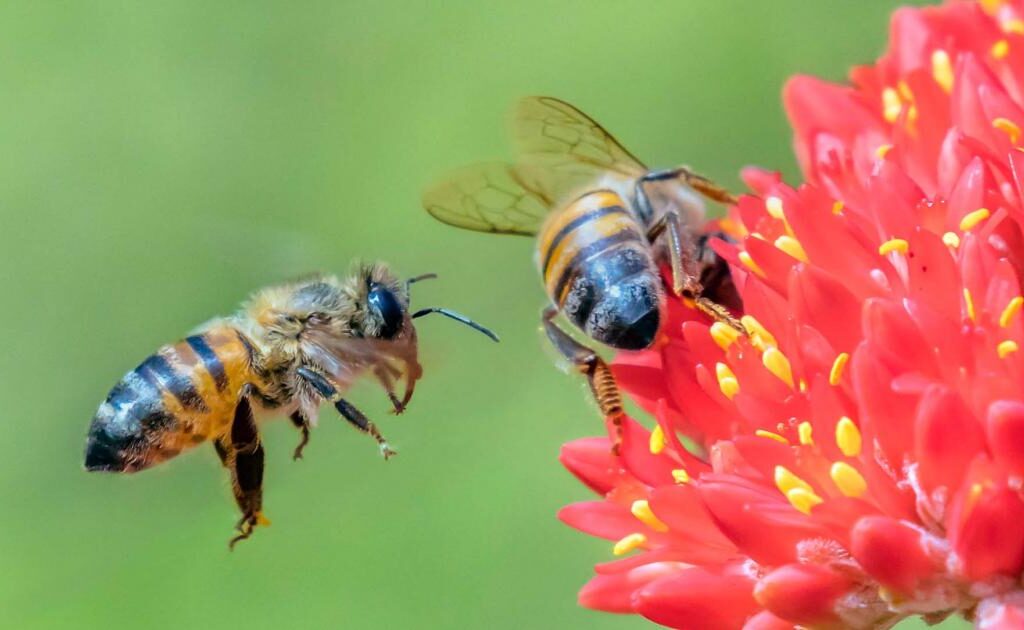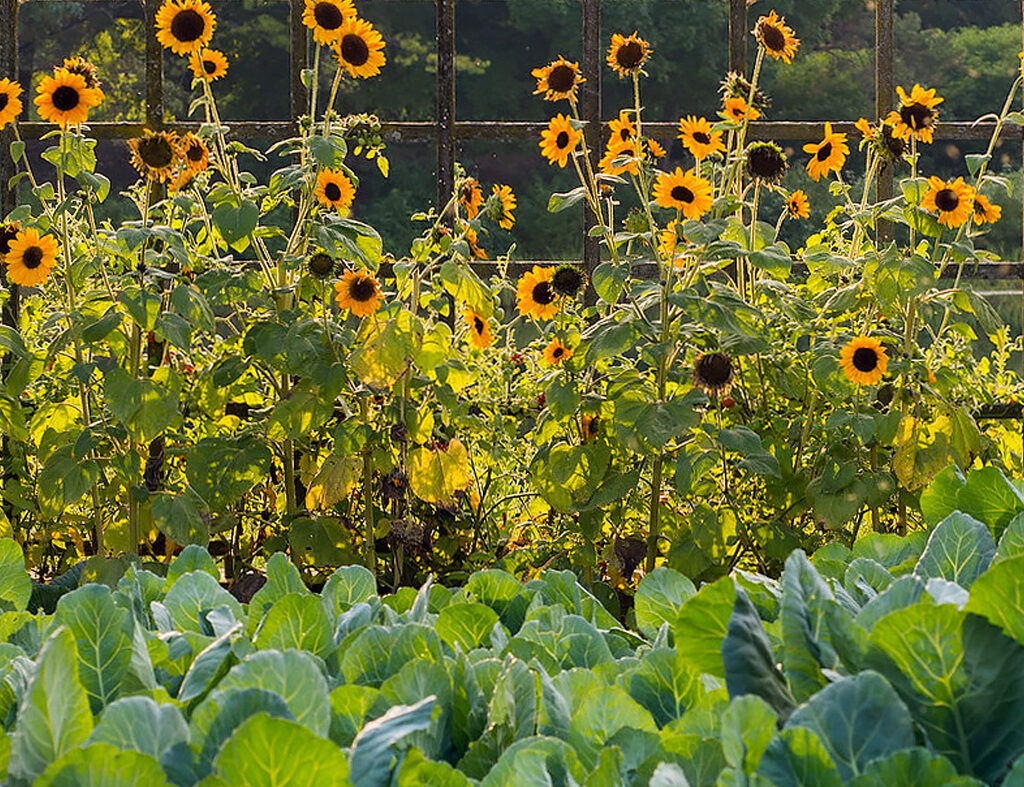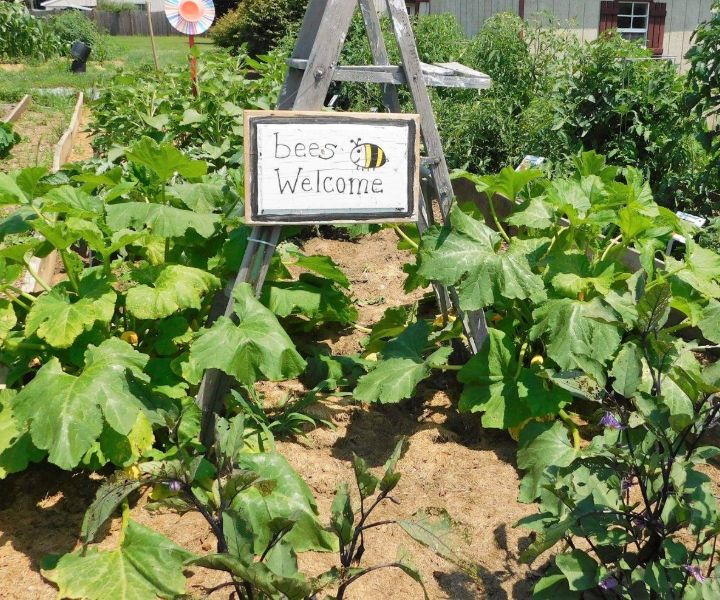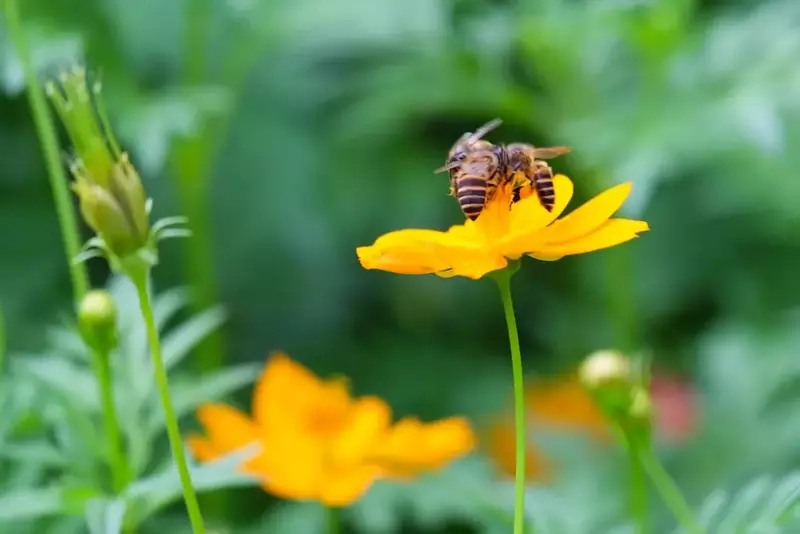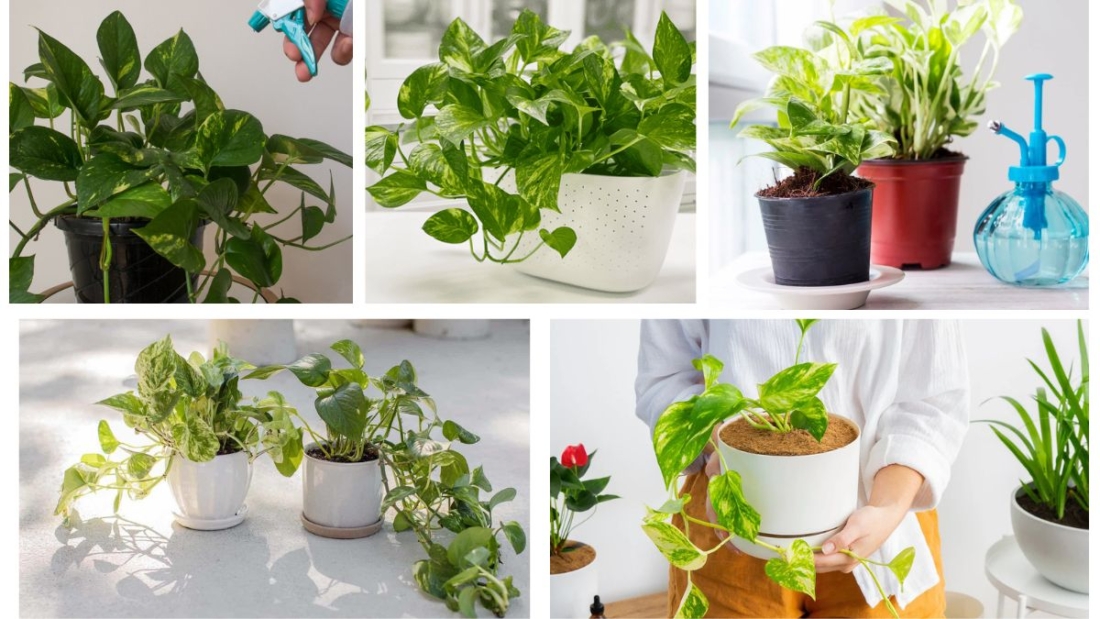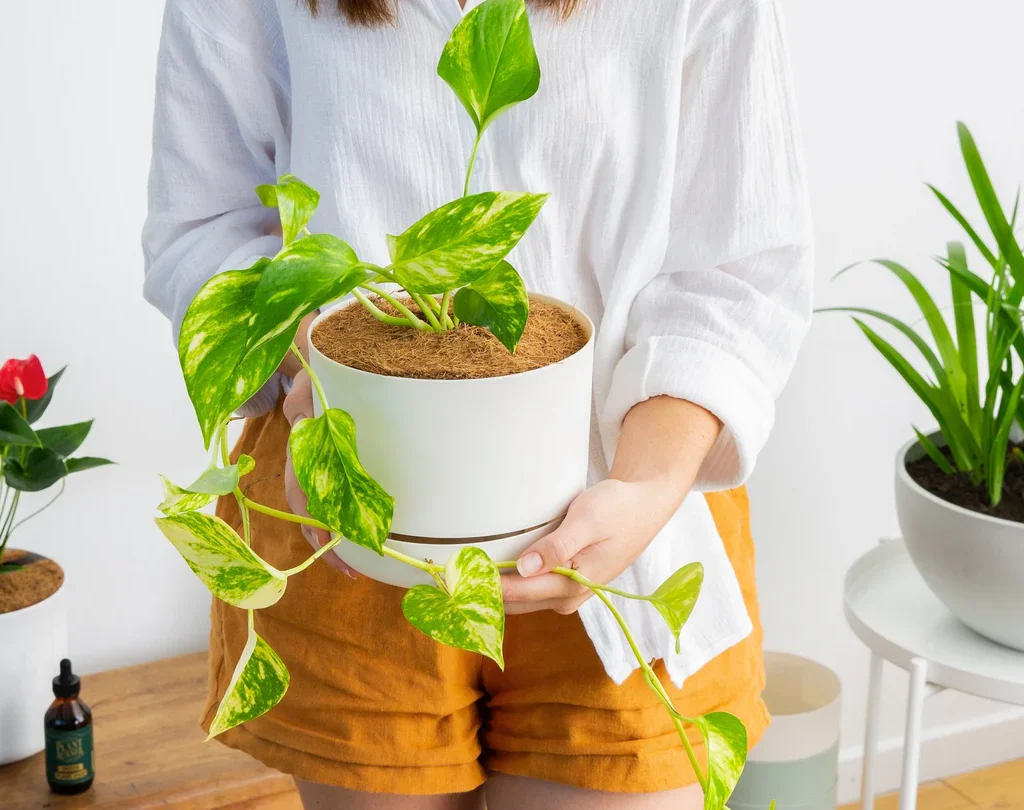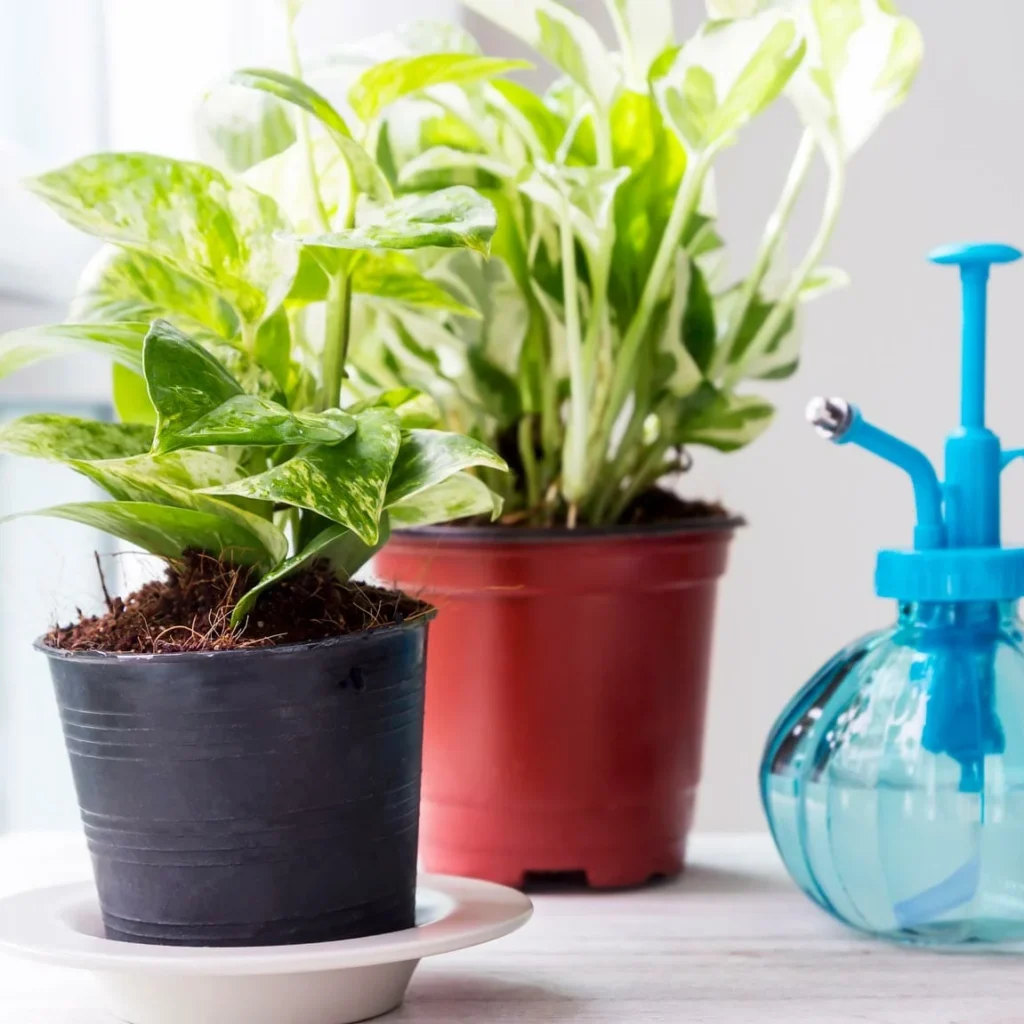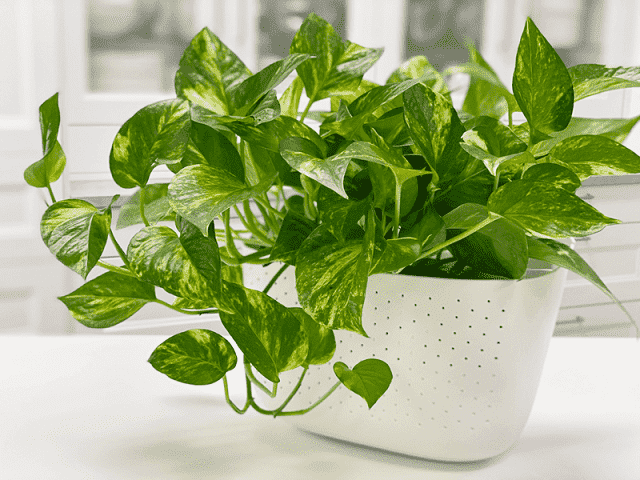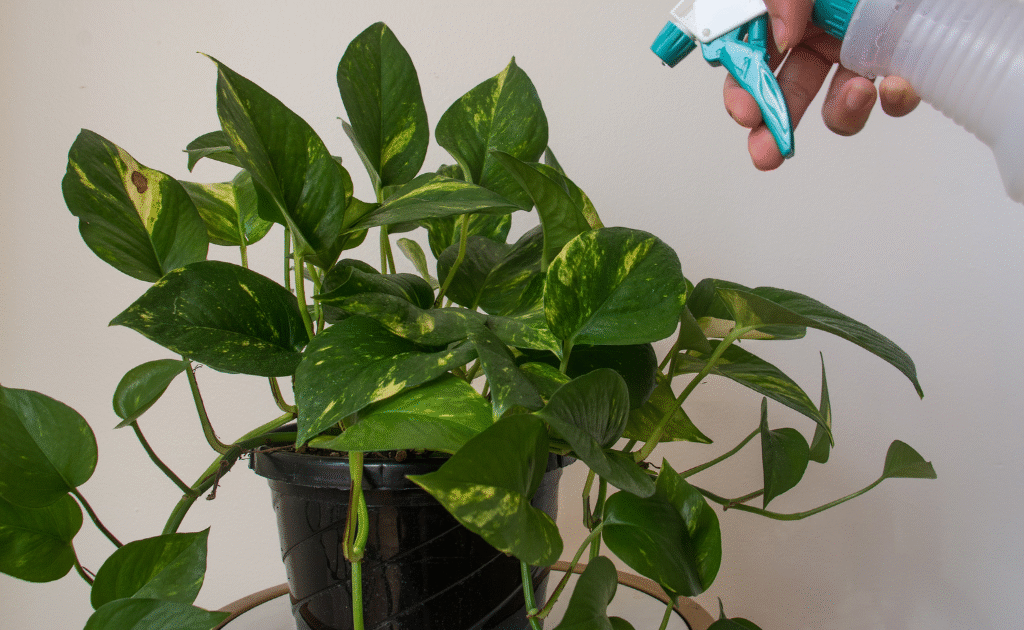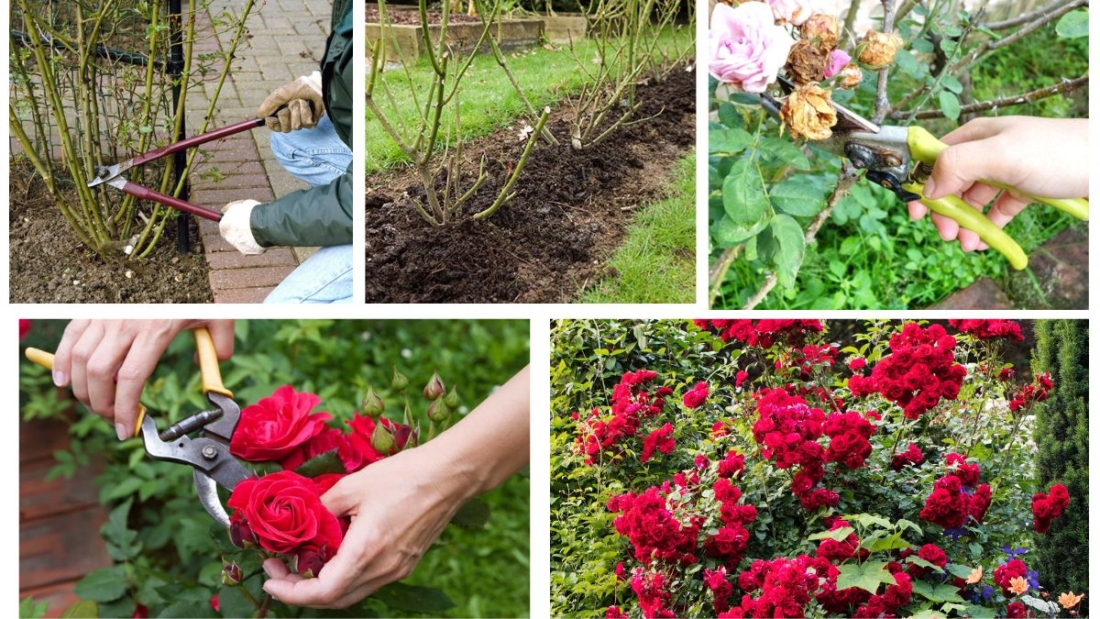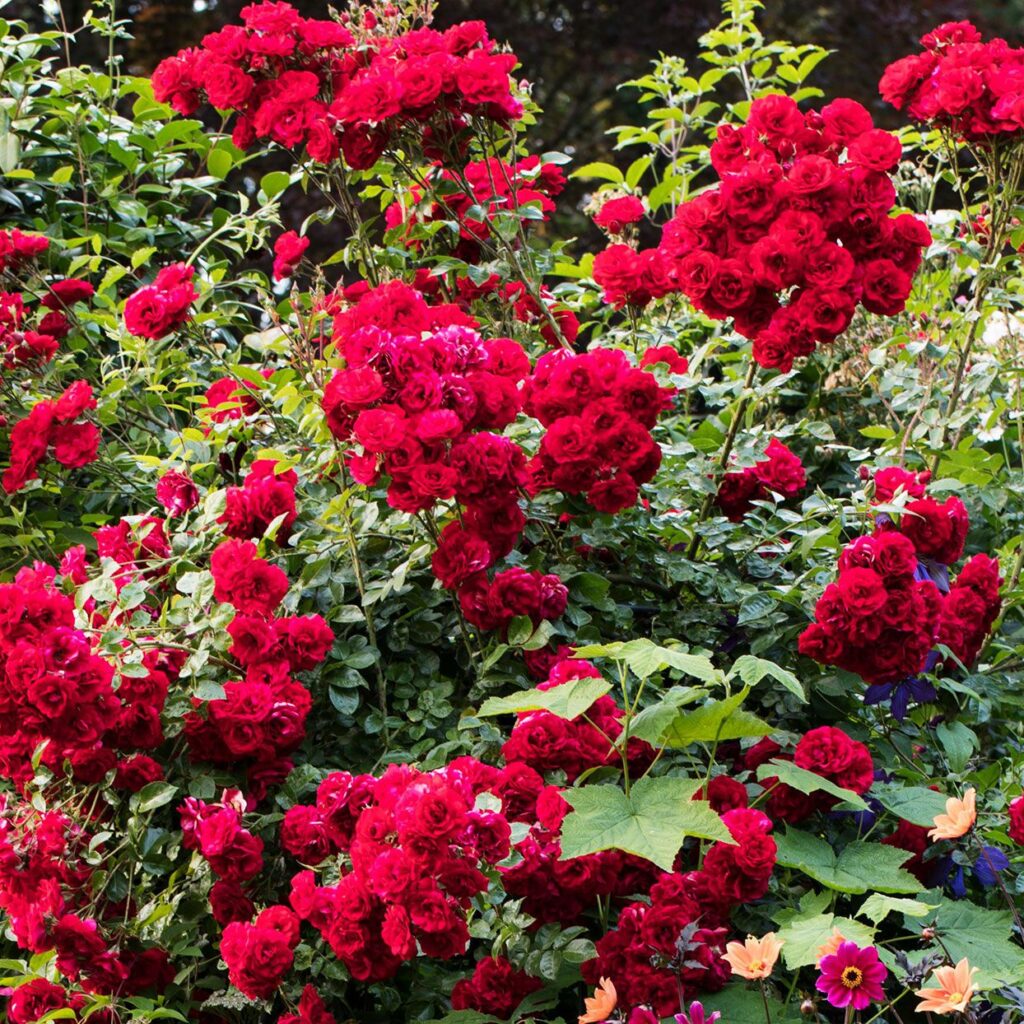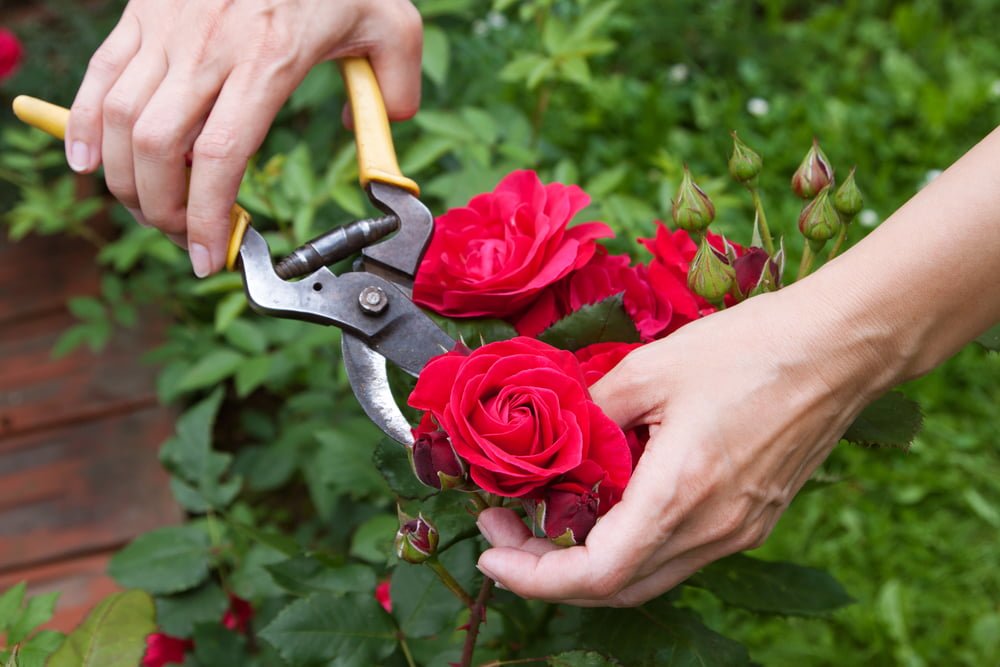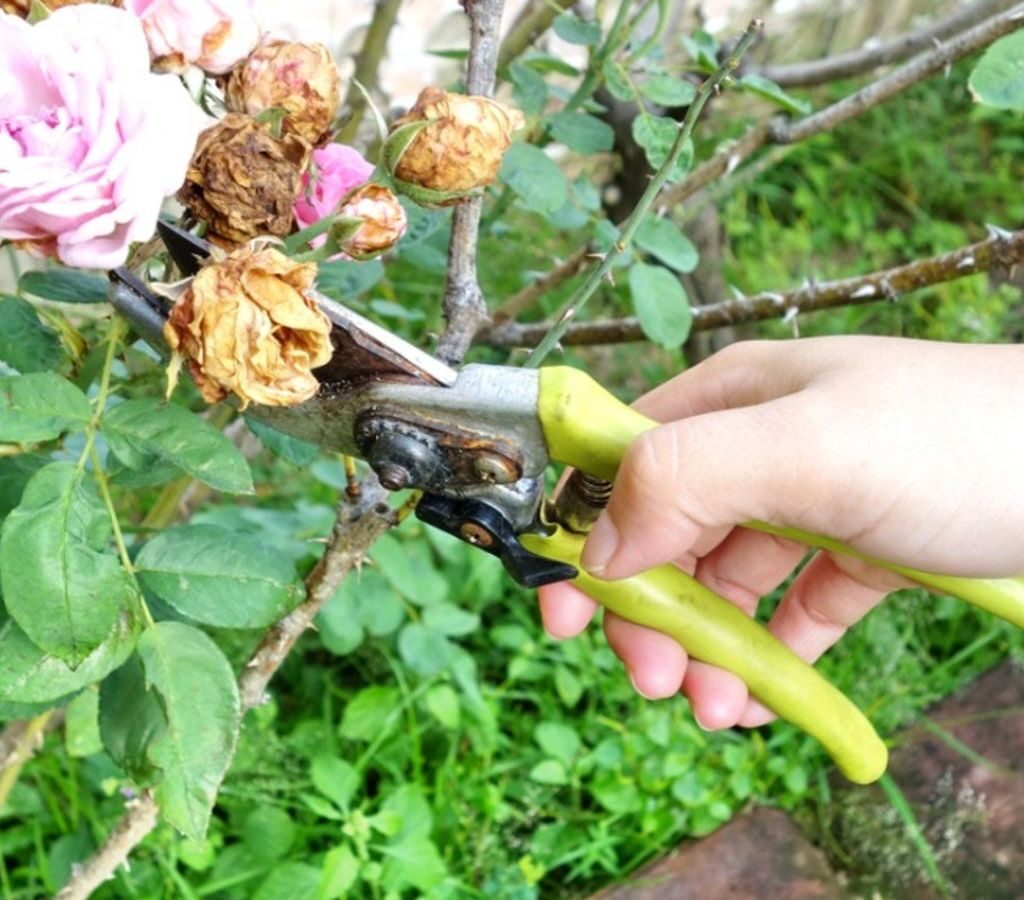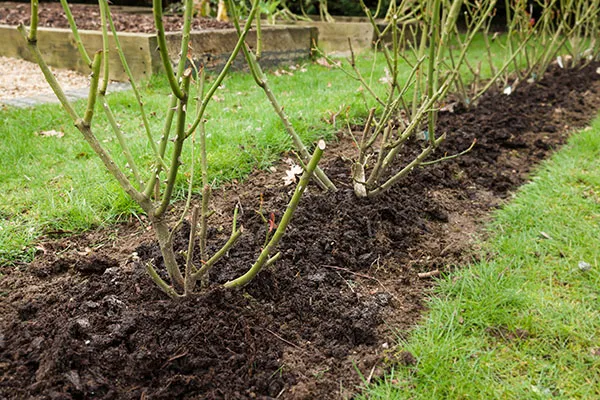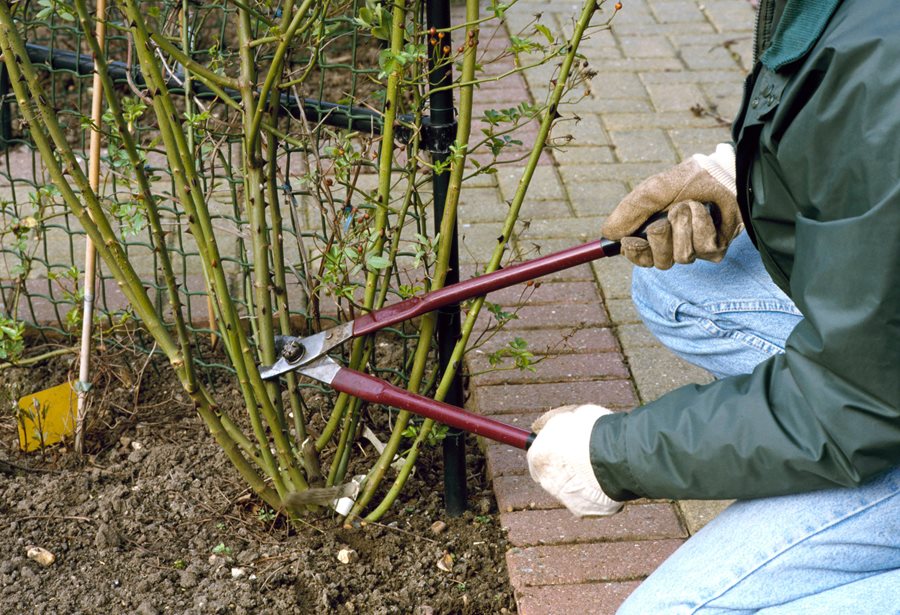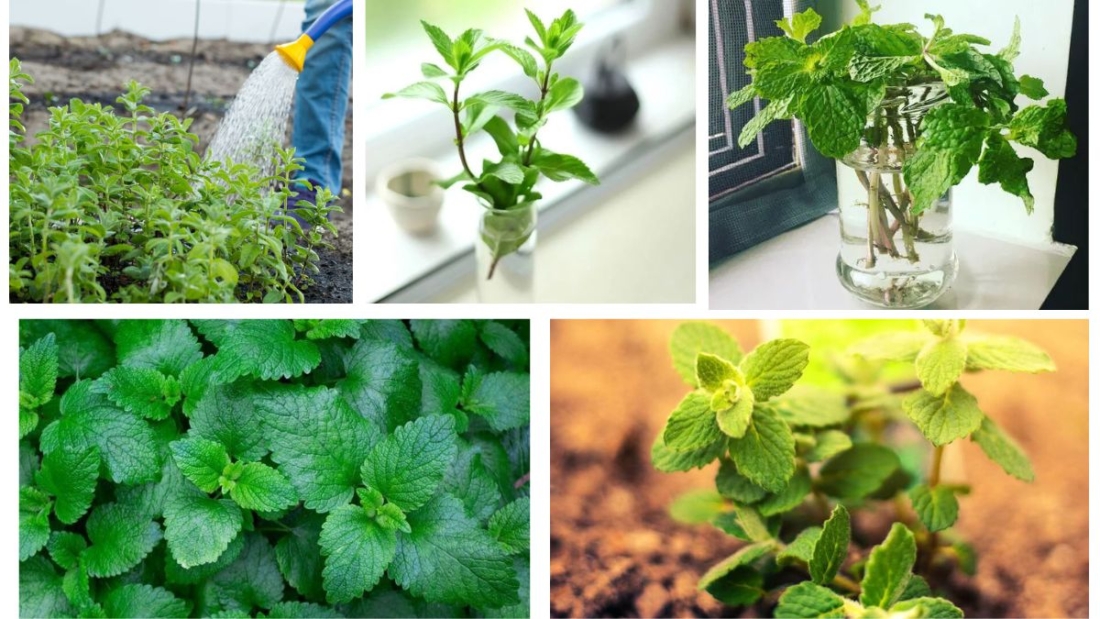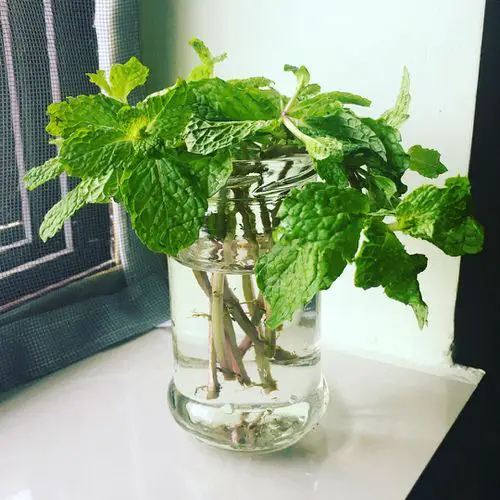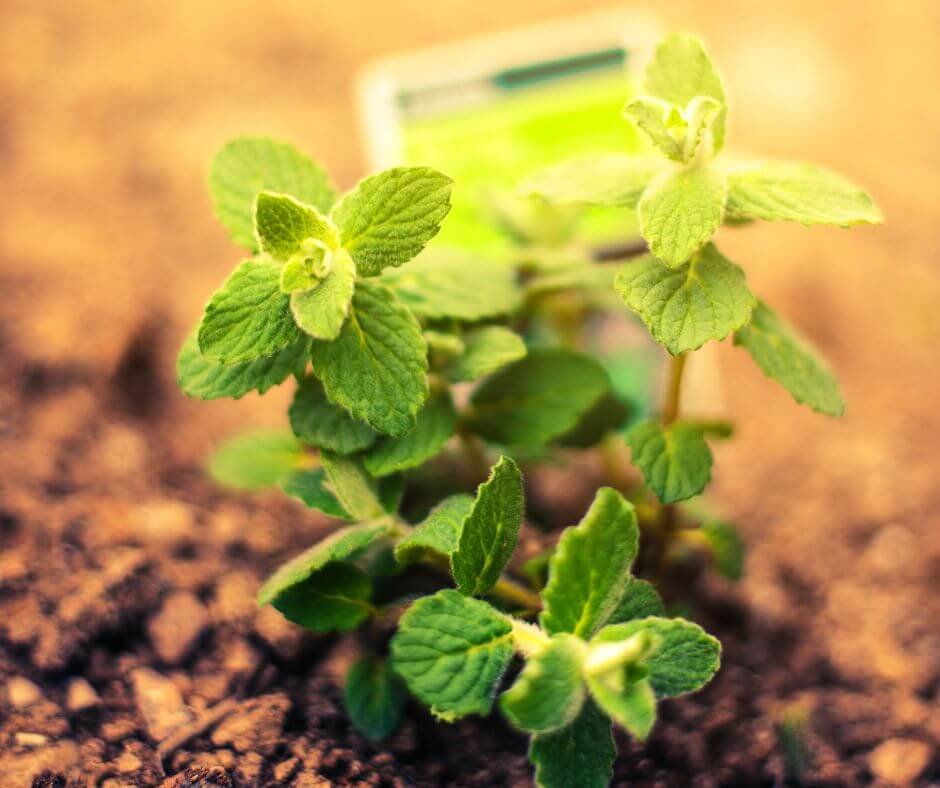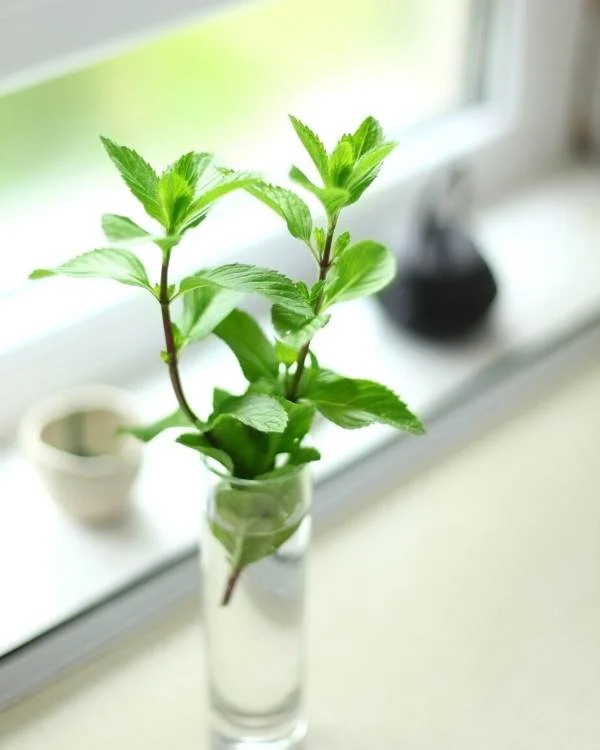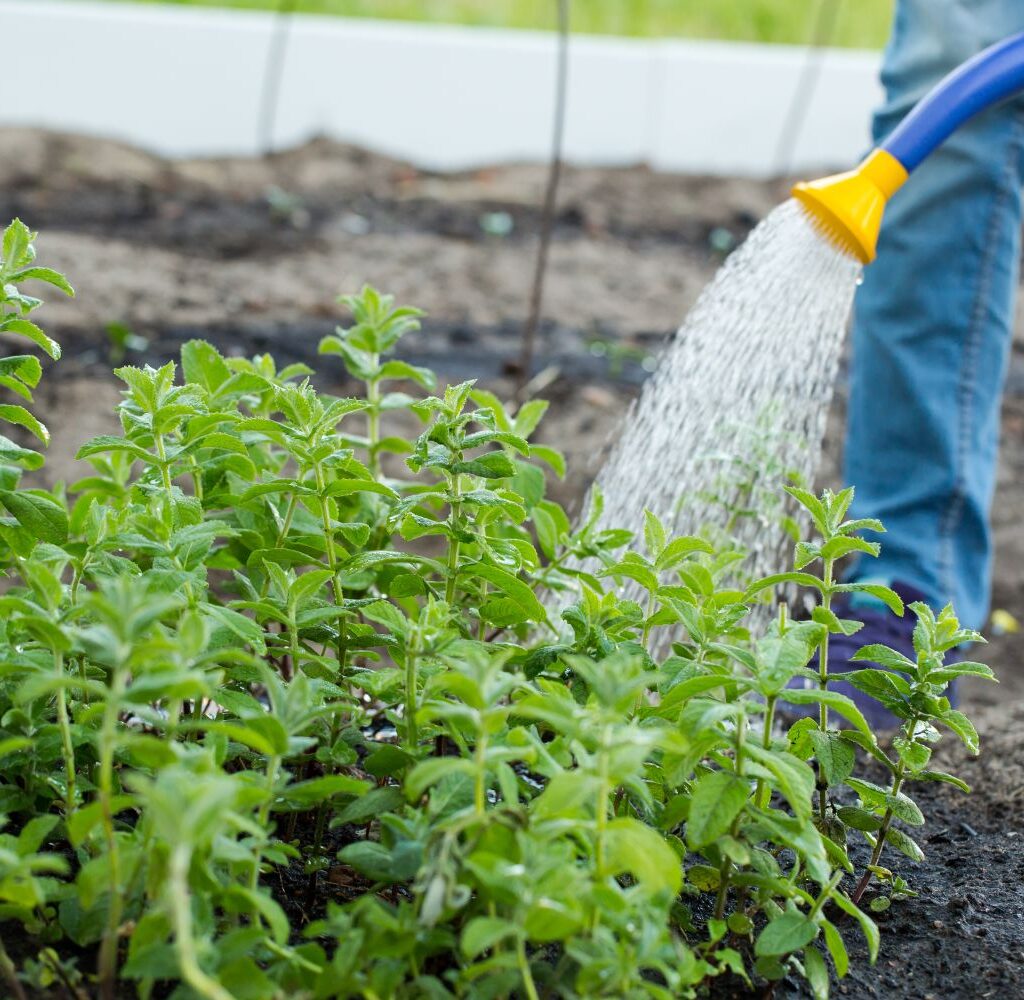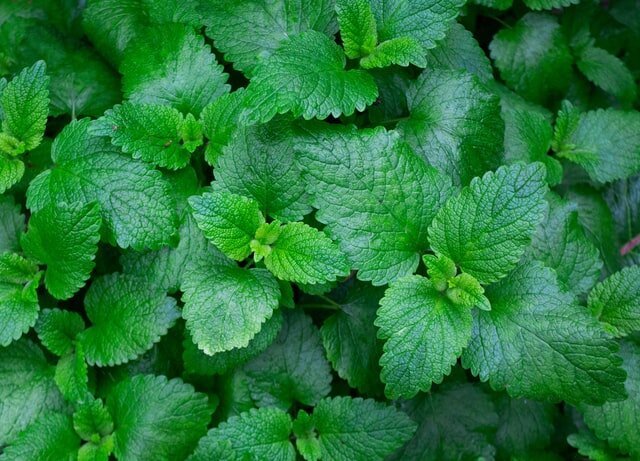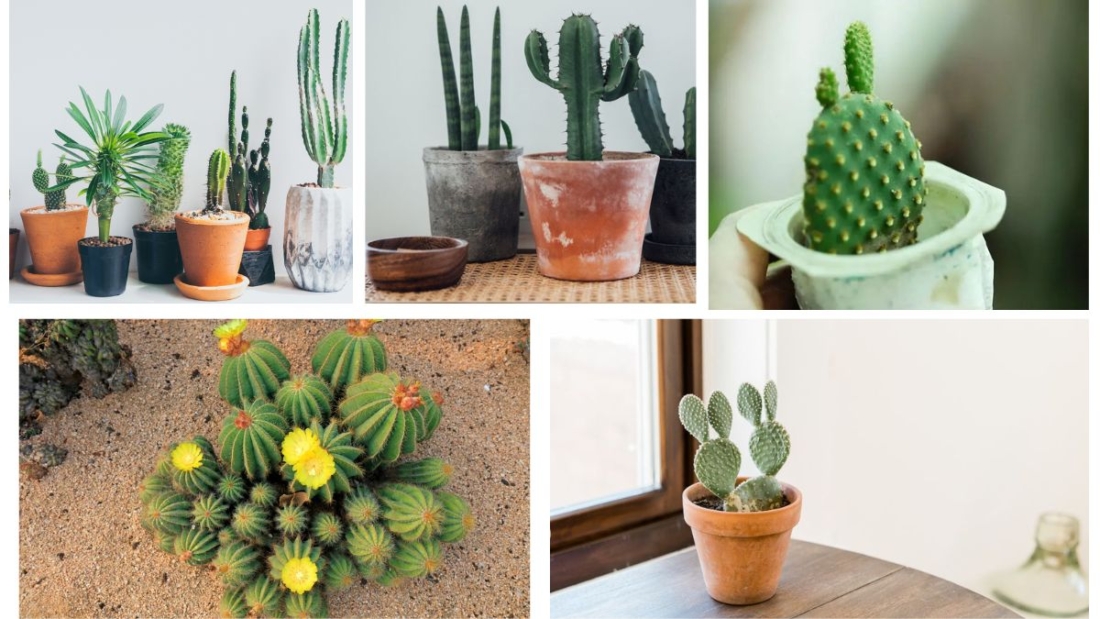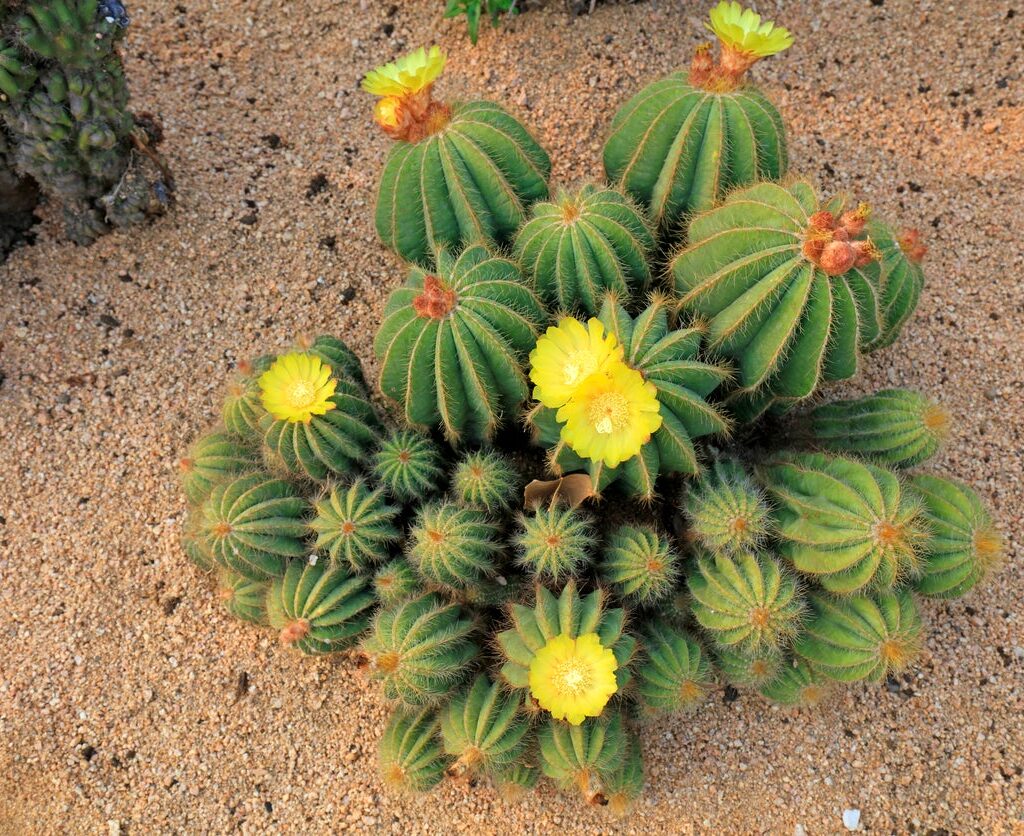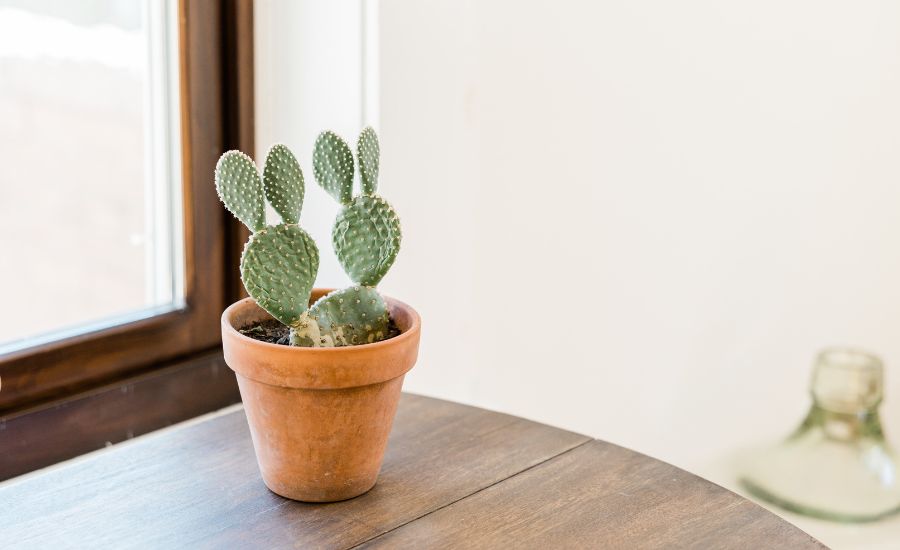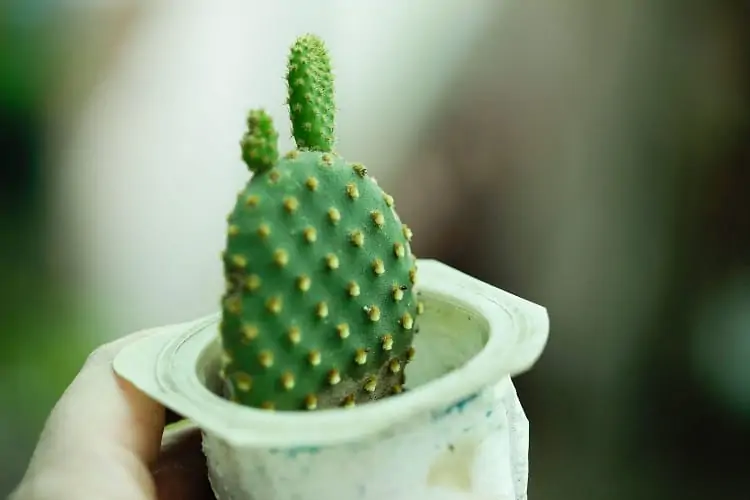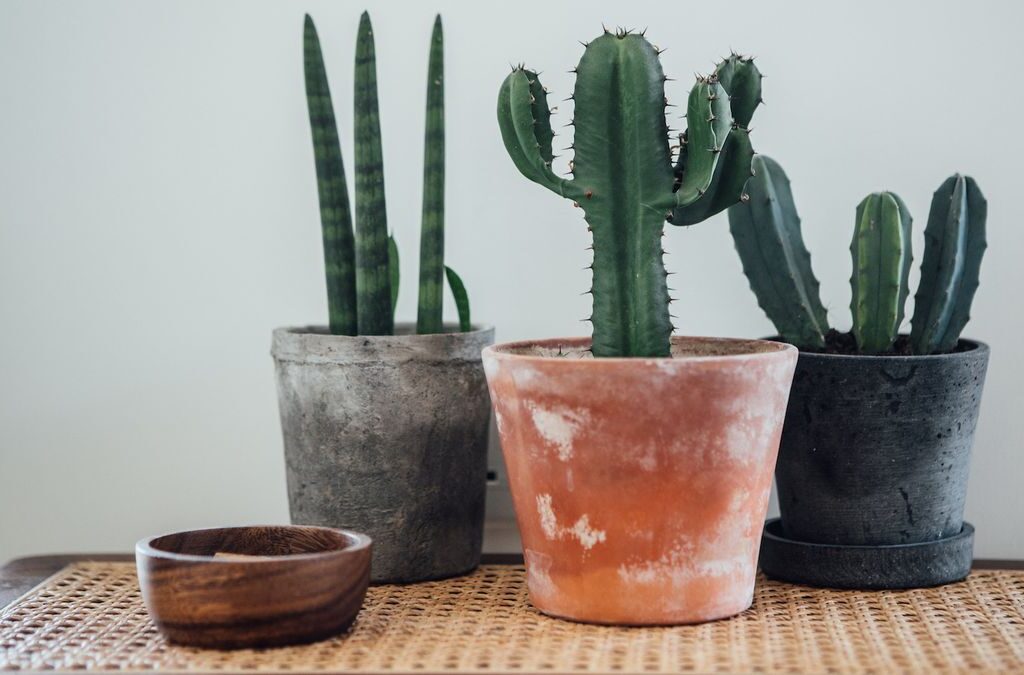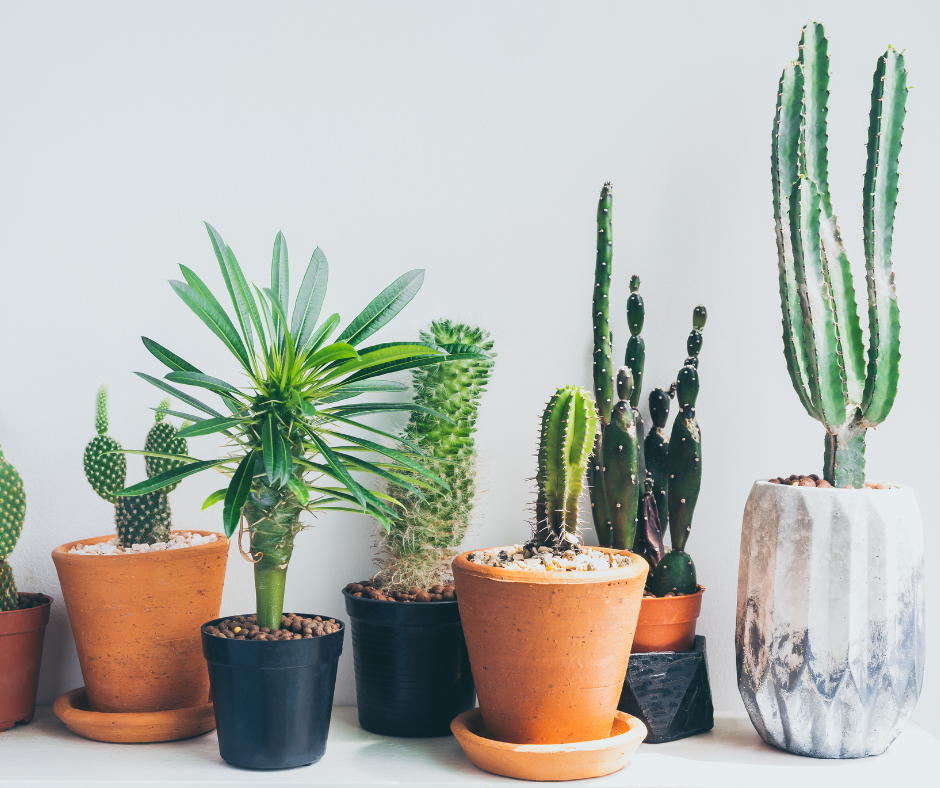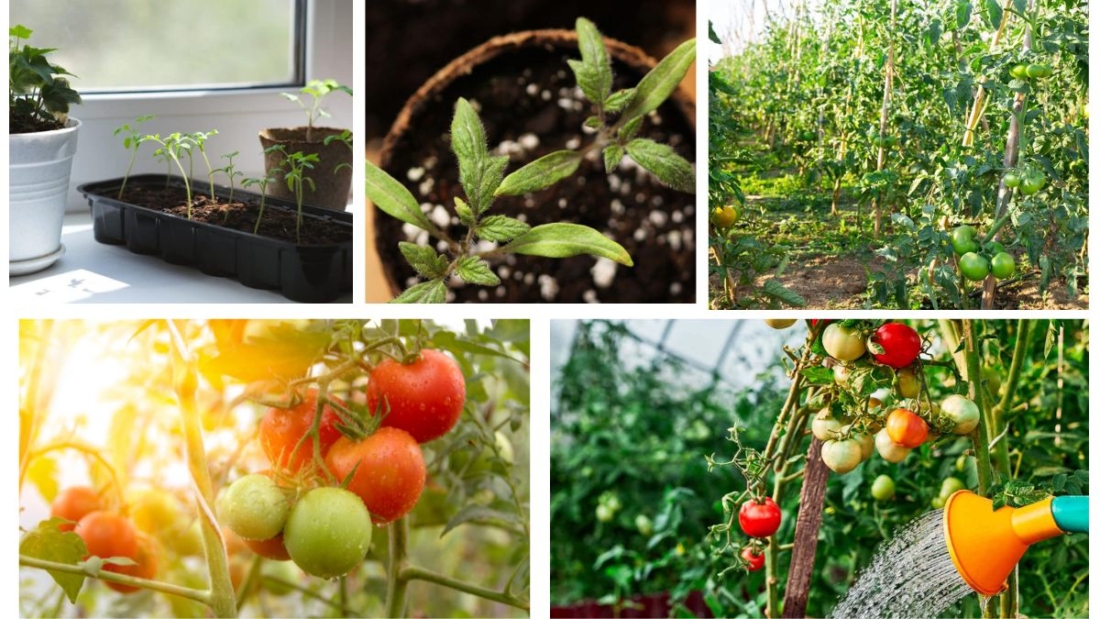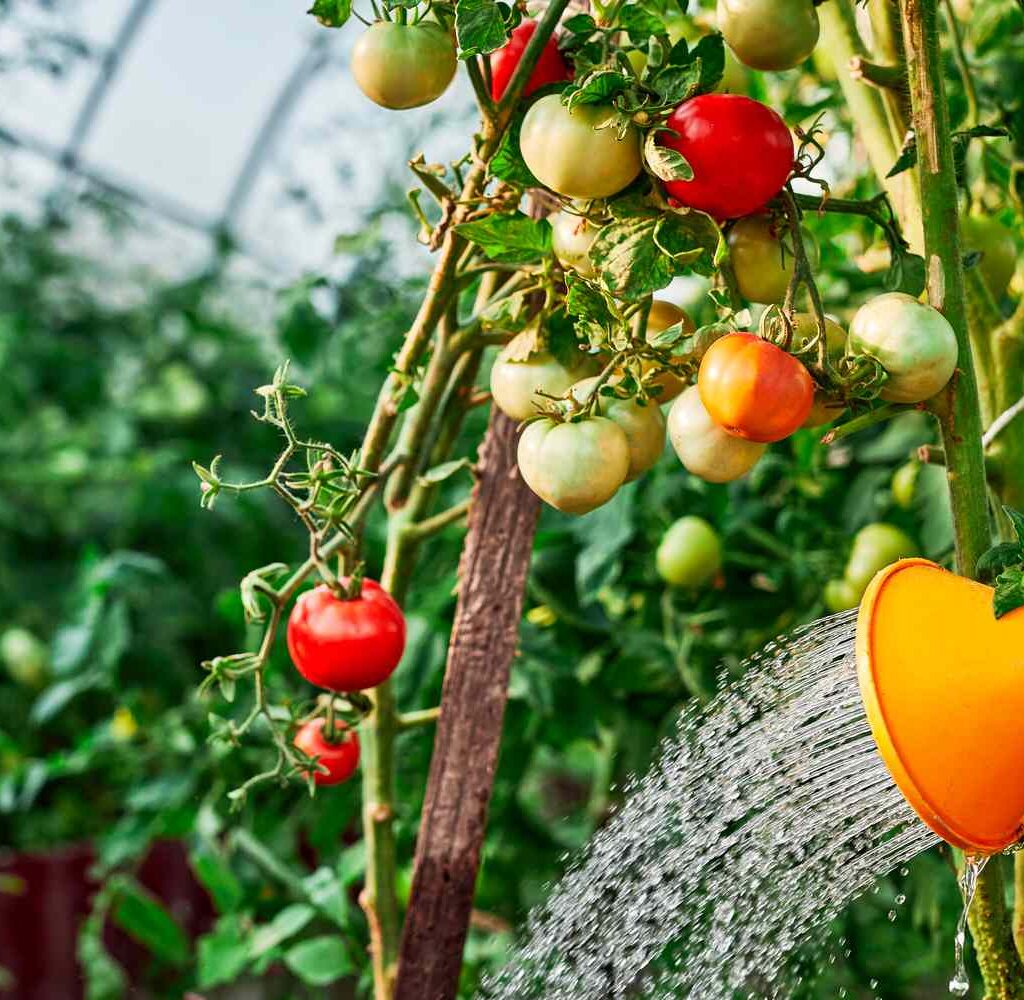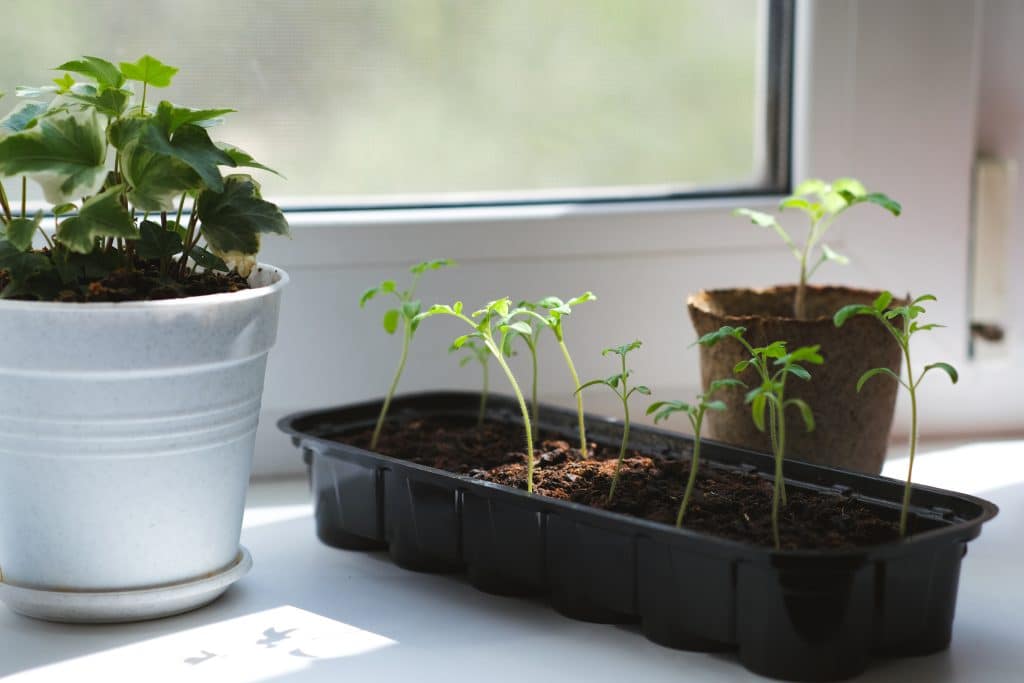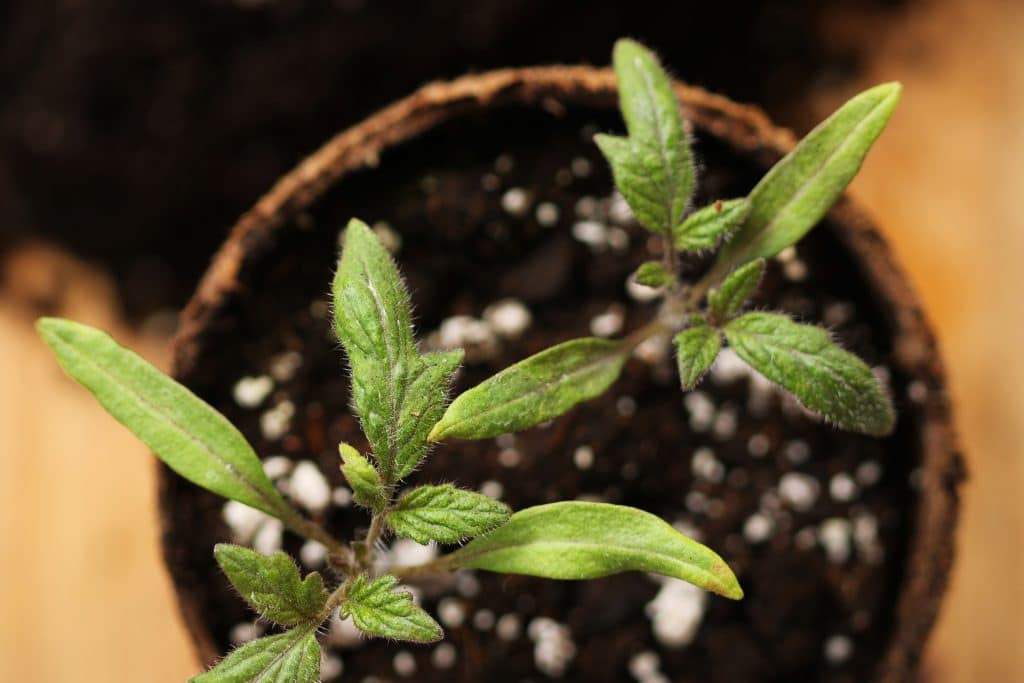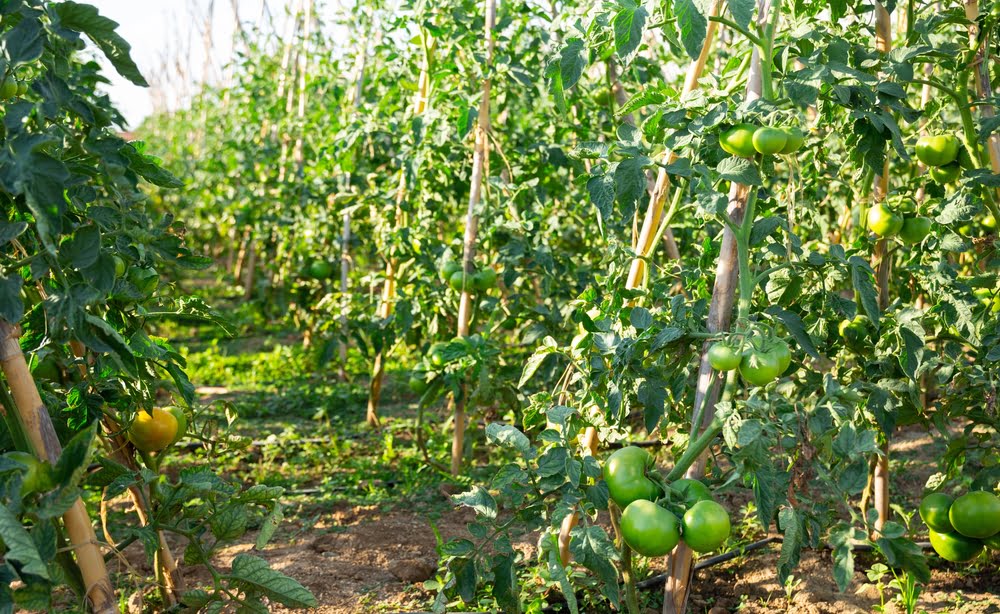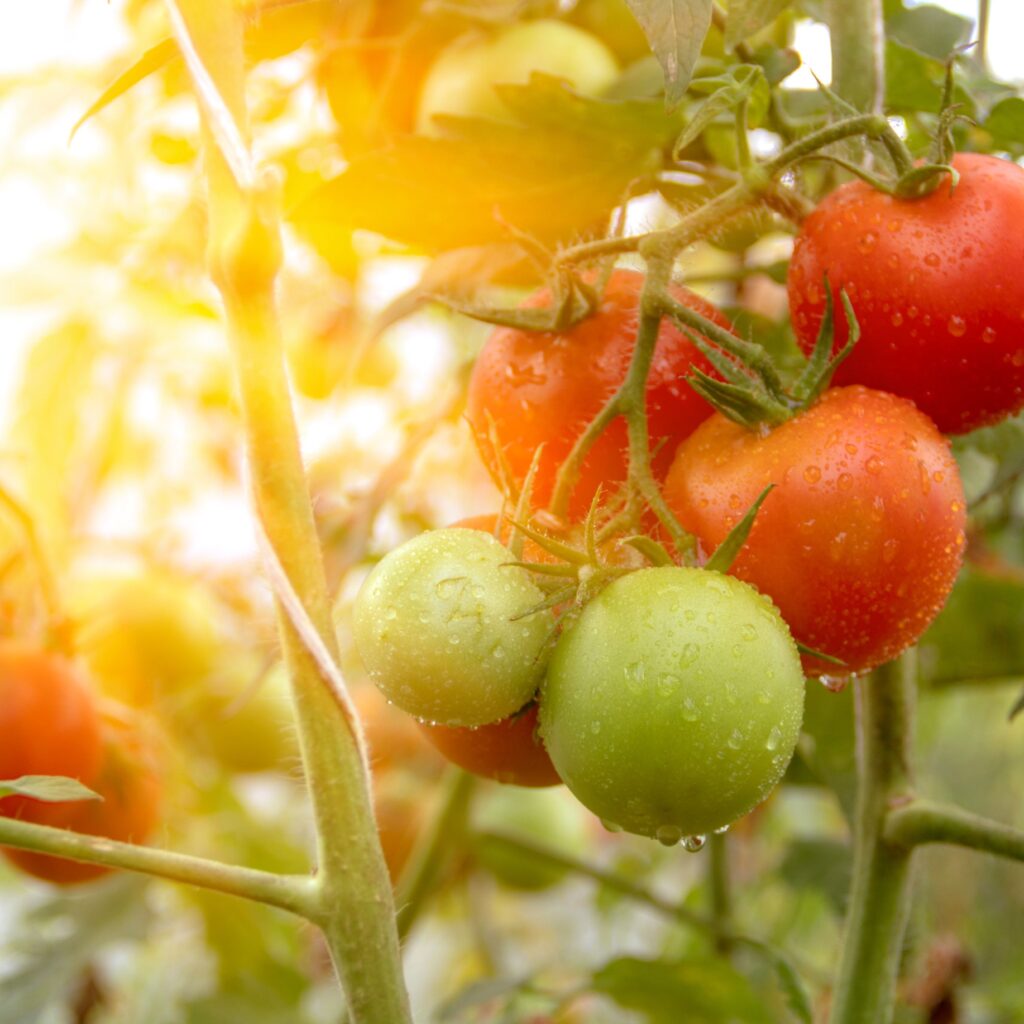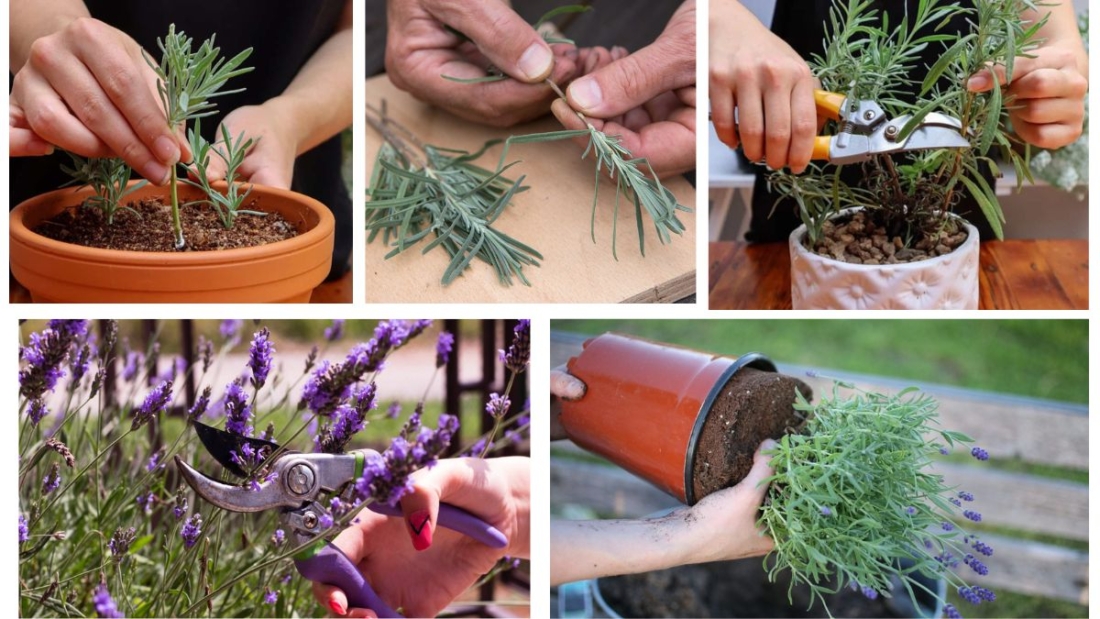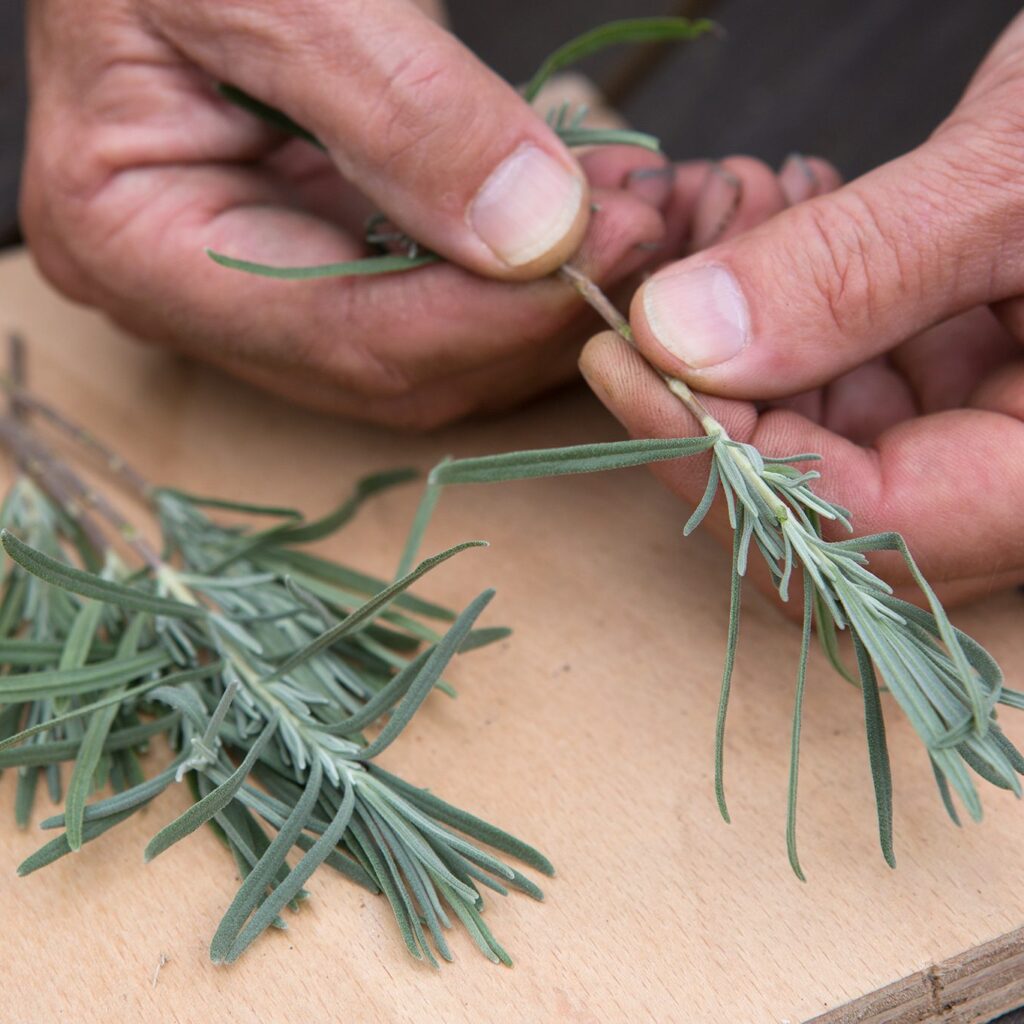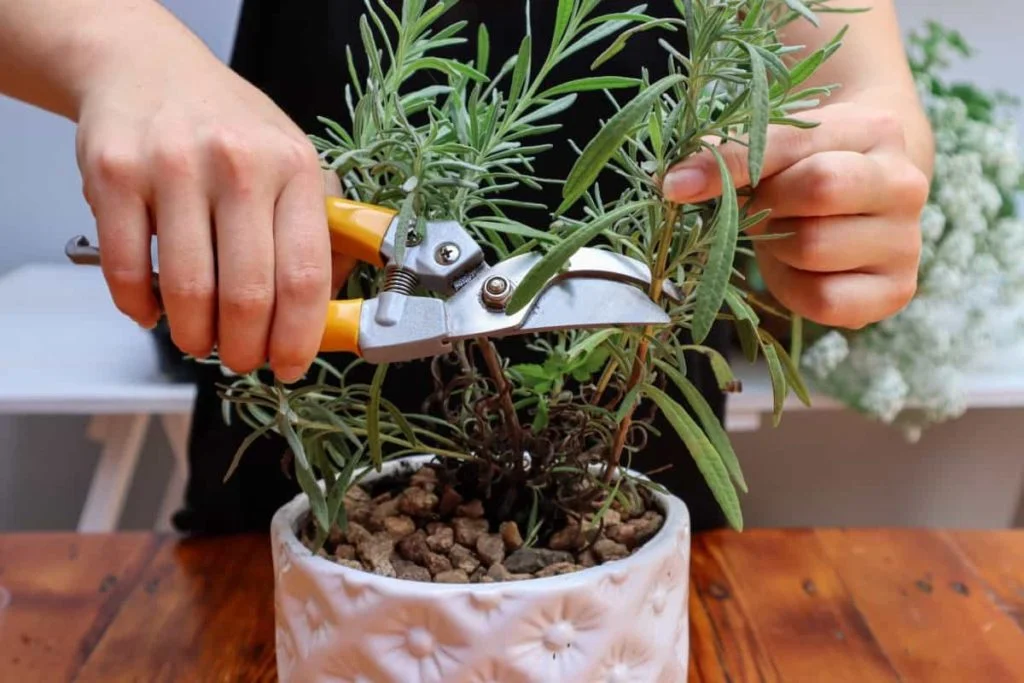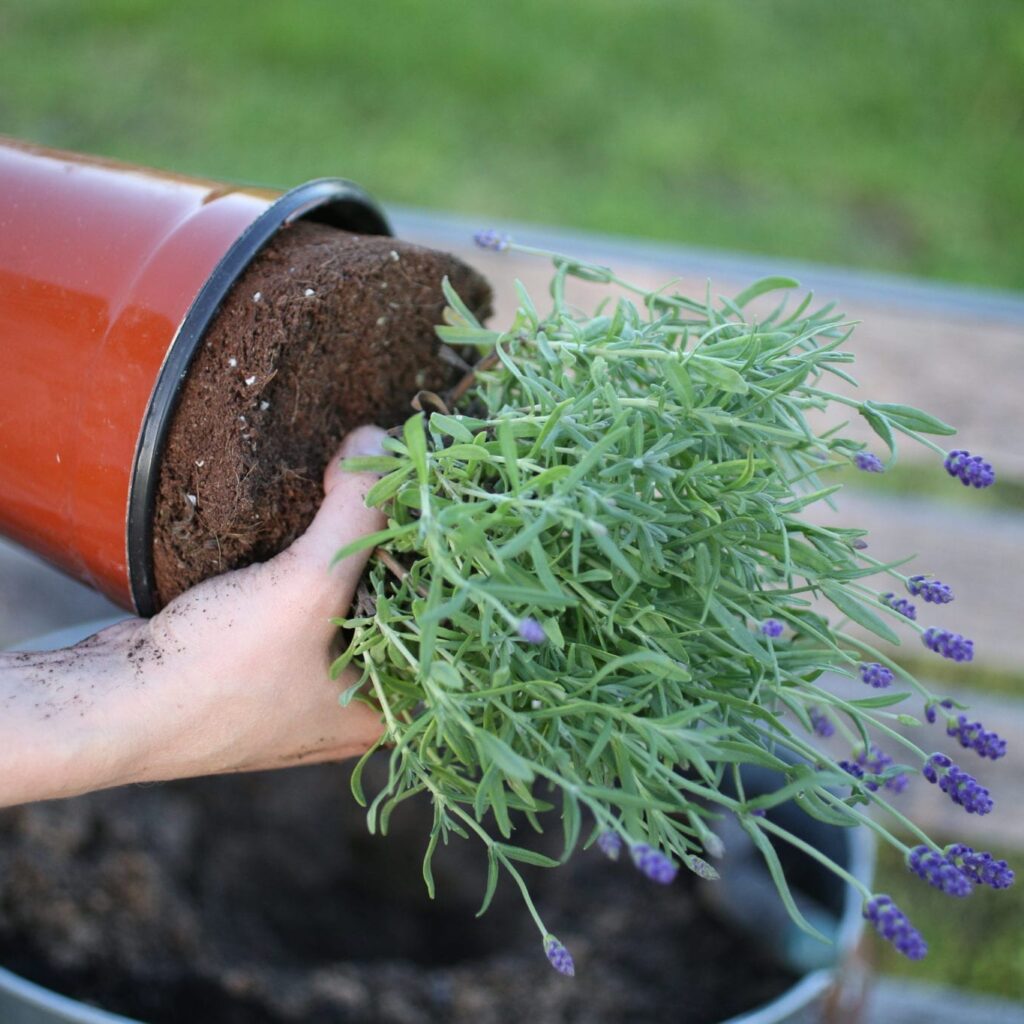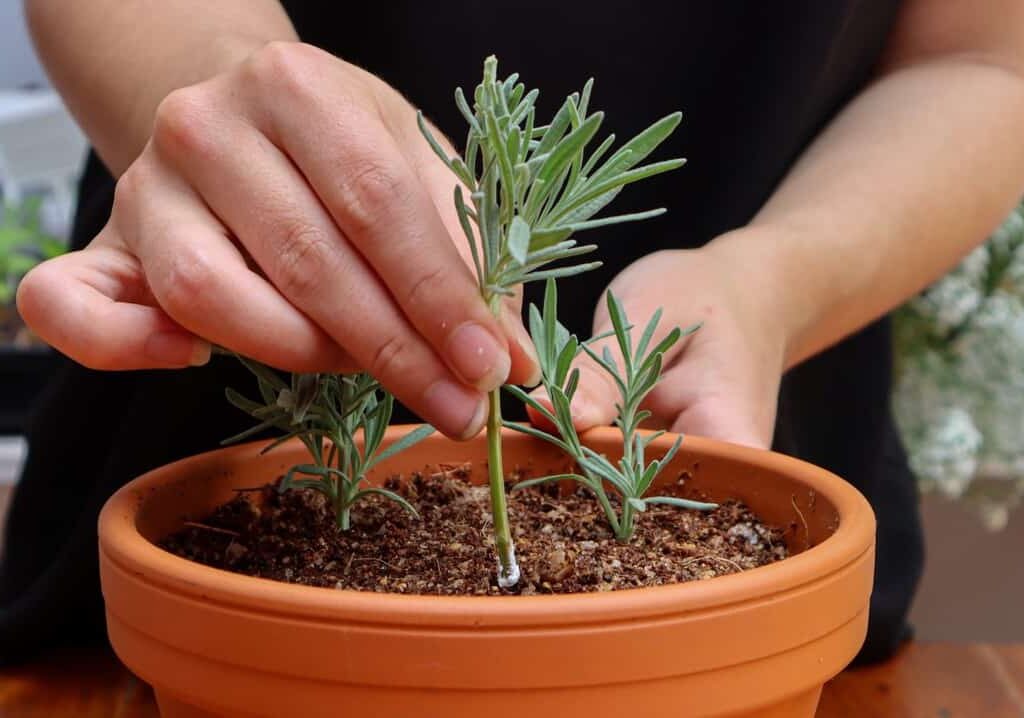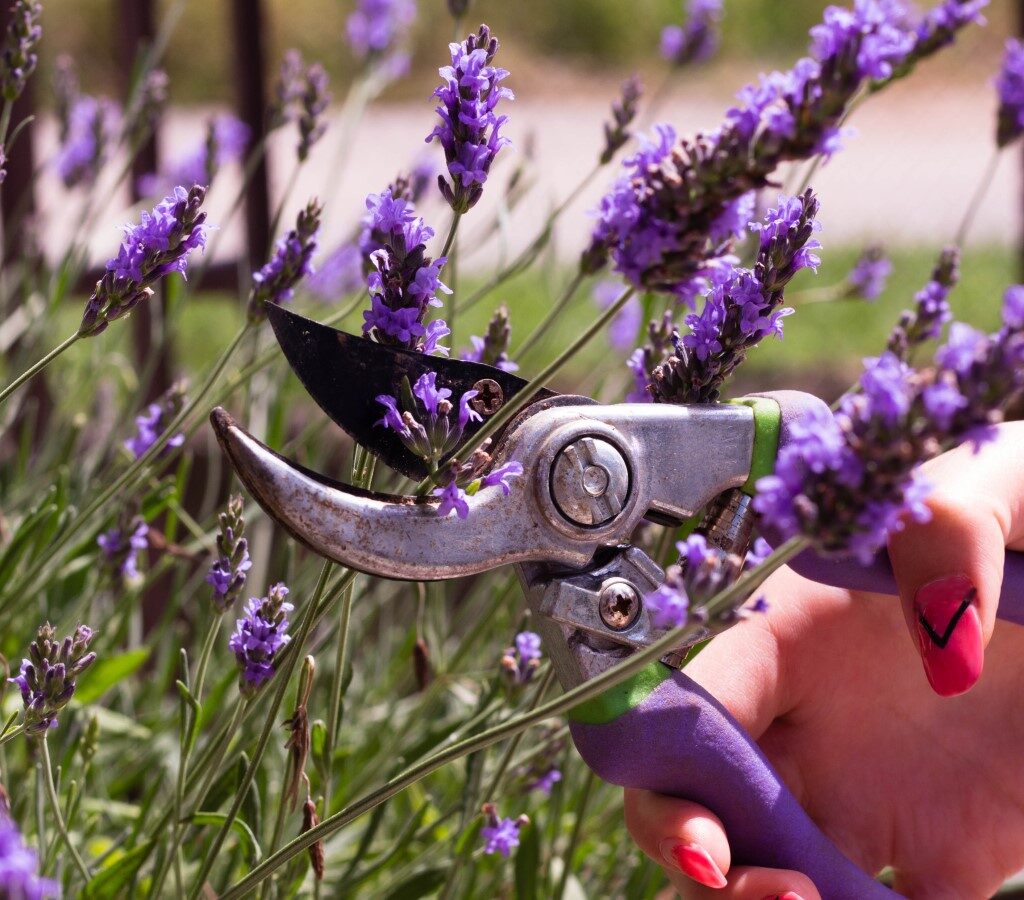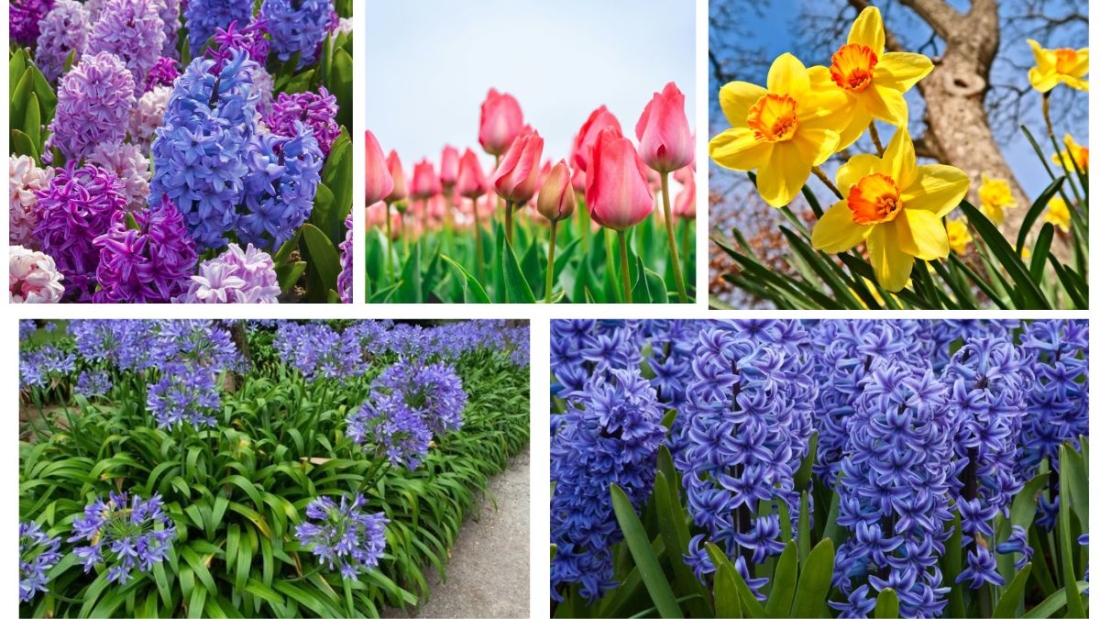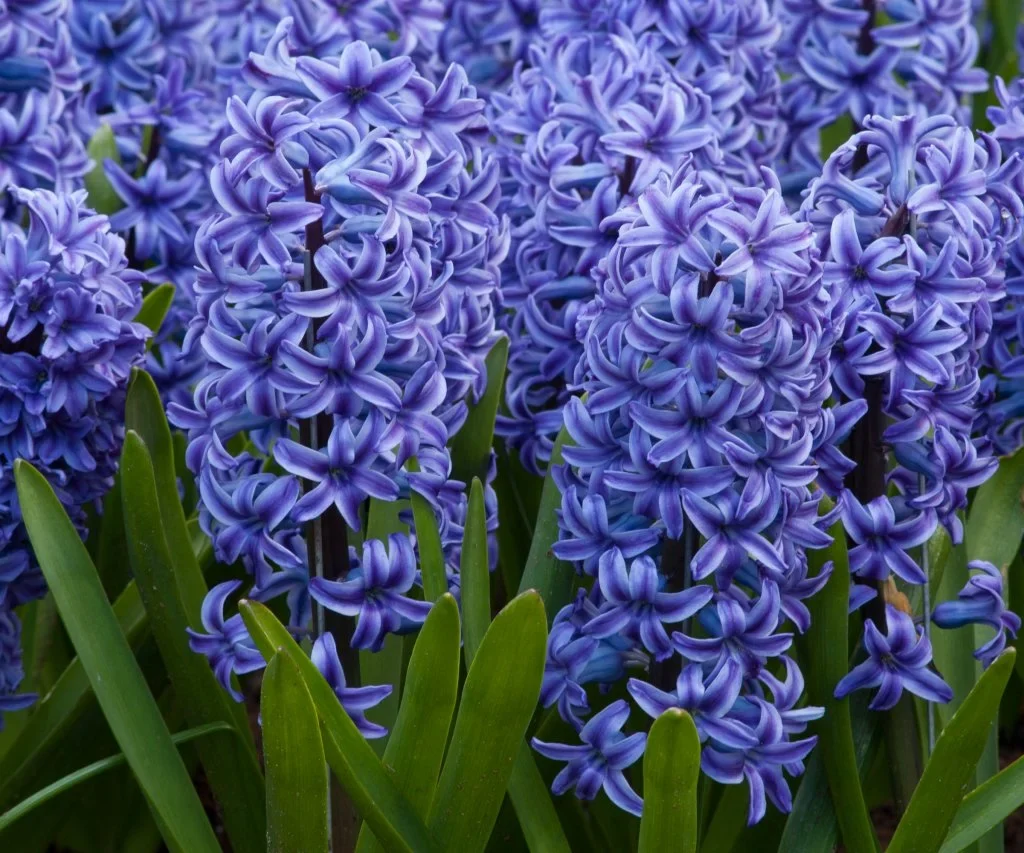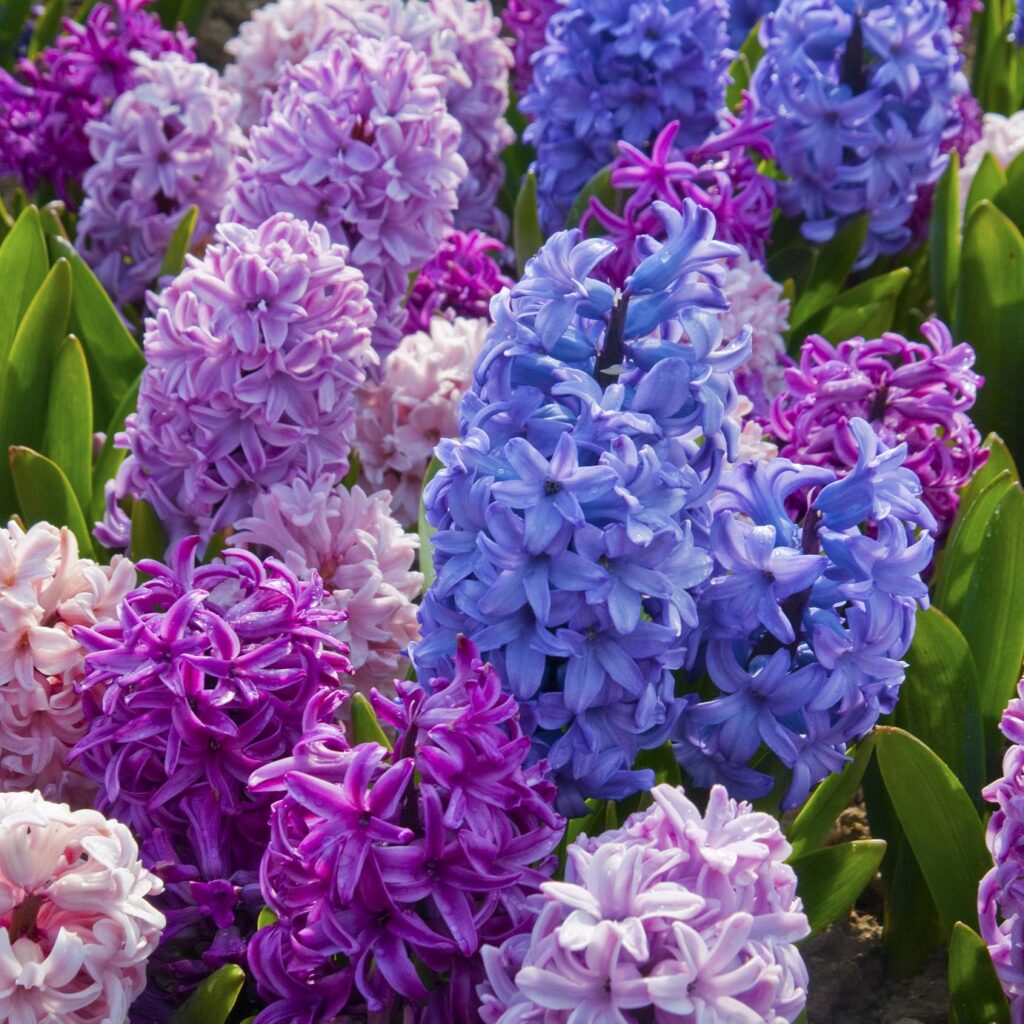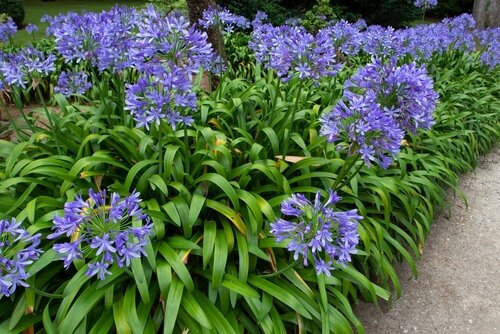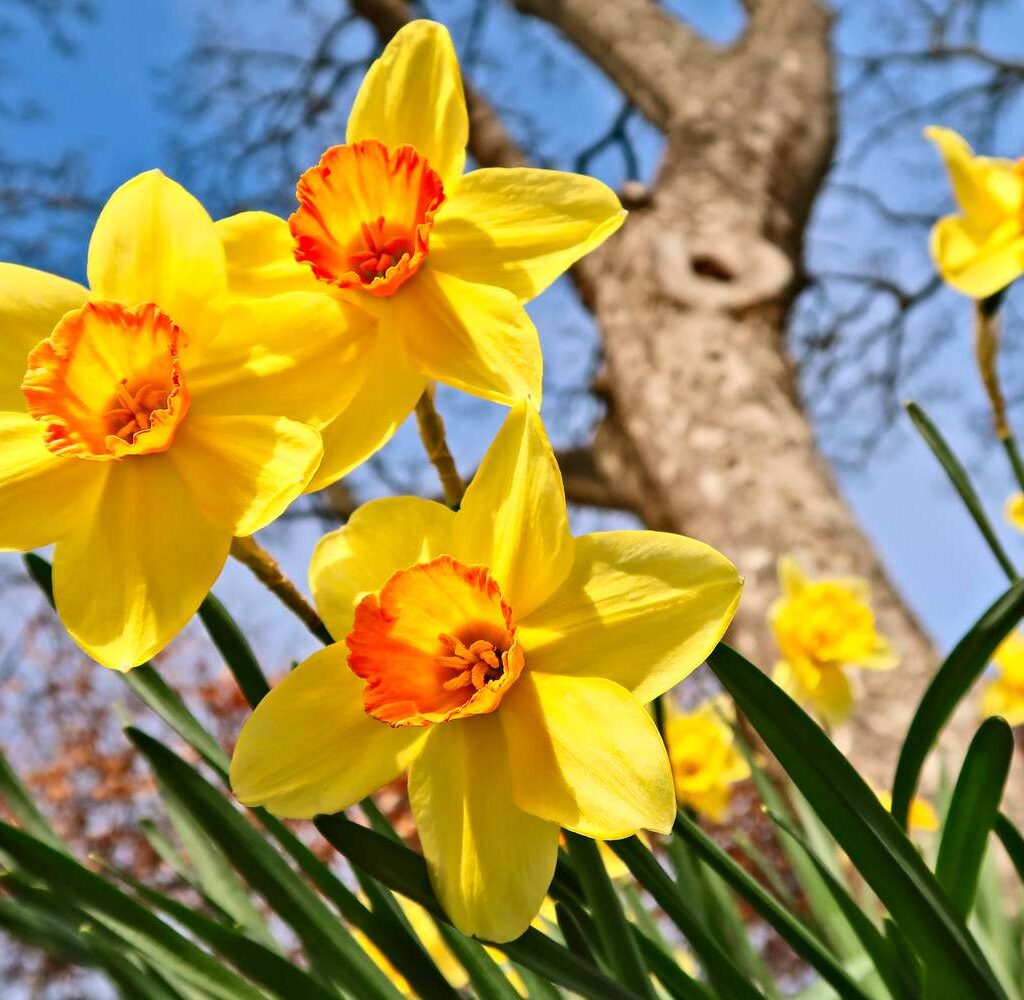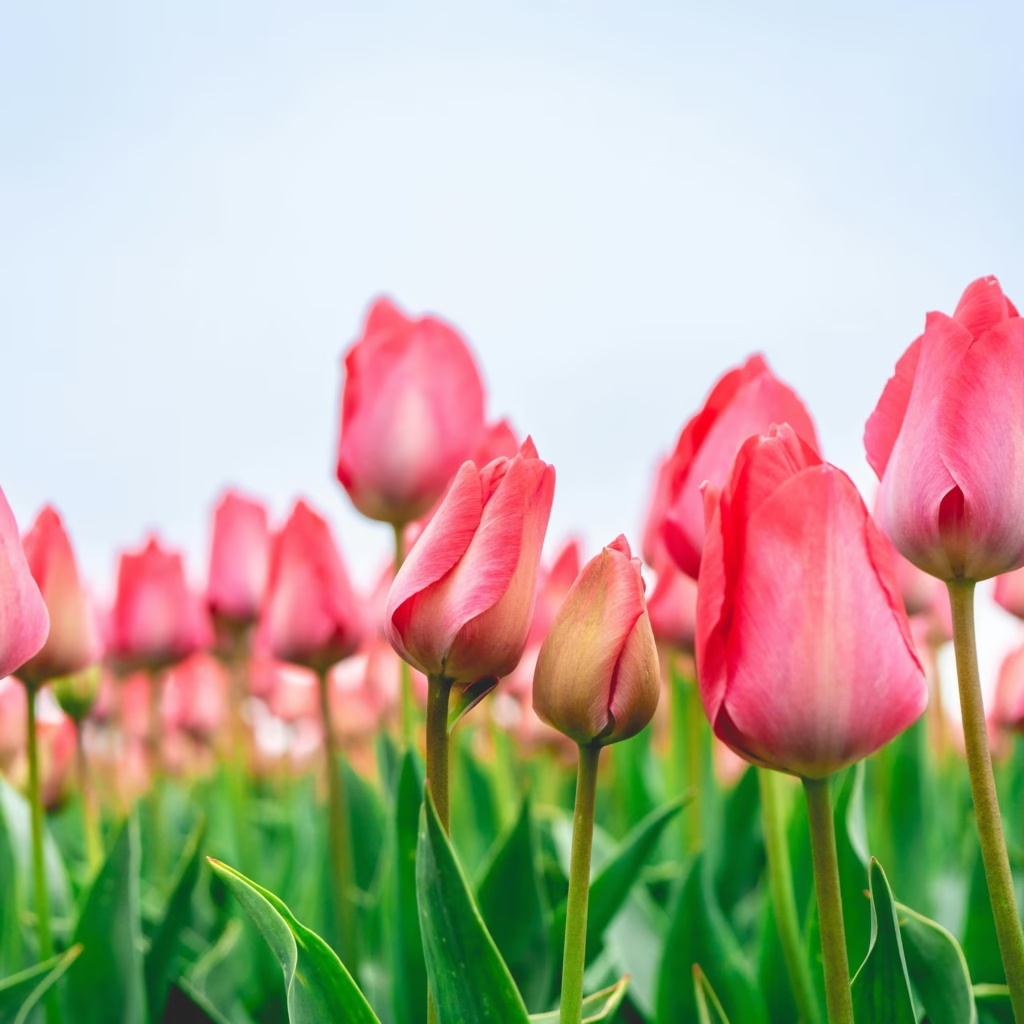A birdbath is one of the simplest yet most effective ways to attract beautiful, beneficial wildlife into your garden. Not only do they provide birds with a crucial source of drinking water and a place to bathe, but they also contribute to the aesthetic appeal and serenity of any outdoor space. However, placing a birdbath in the right location is essential for both the safety of visiting birds and the overall success of your garden’s ecosystem.
In this article, we’ll explore why birdbath placement matters, the ideal spots to position a birdbath, factors to consider before choosing a location, and helpful tips to ensure your garden becomes a safe and attractive haven for birds.
Why Is Birdbath Placement Important?
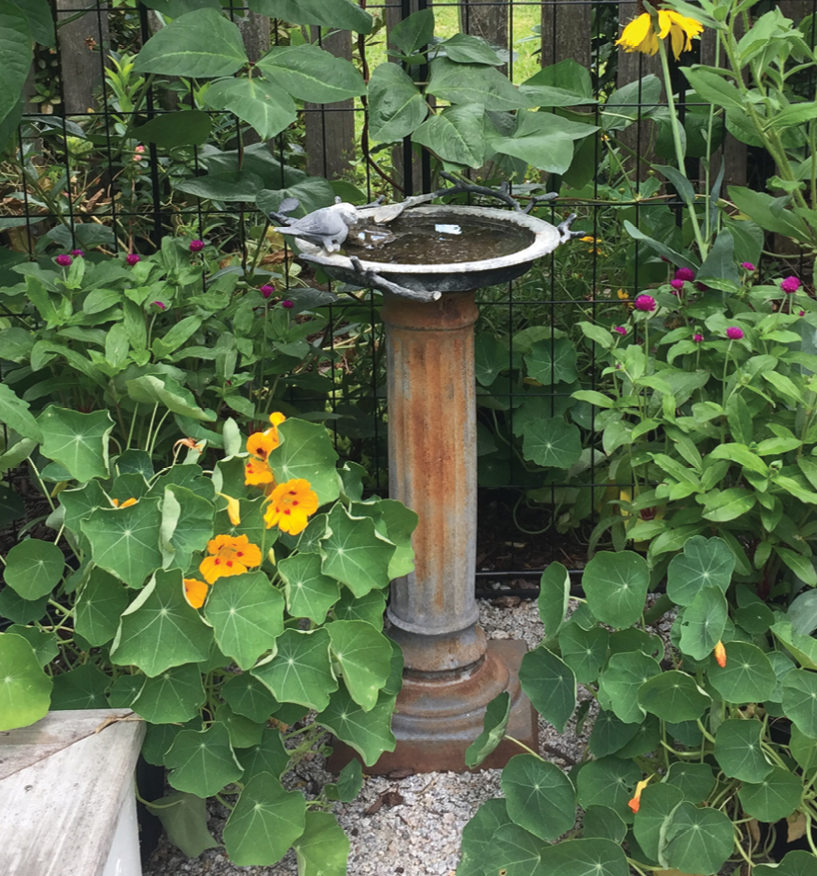
A birdbath isn’t just a decorative feature — it’s a functional resource for wildlife. Birds need water to stay hydrated, especially during dry spells and in urban areas where natural water sources are limited. Bathing helps birds keep their feathers clean and in good condition for insulation and flight.
The placement of your birdbath affects:
- How frequently birds use it
- Their safety from predators
- Water cleanliness and temperature
- Visibility for birdwatching enjoyment
- The bath’s maintenance needs
A poorly positioned birdbath can remain unused or even become hazardous for the very creatures it’s meant to help.
Best Places to Put a Birdbath in Your Garden
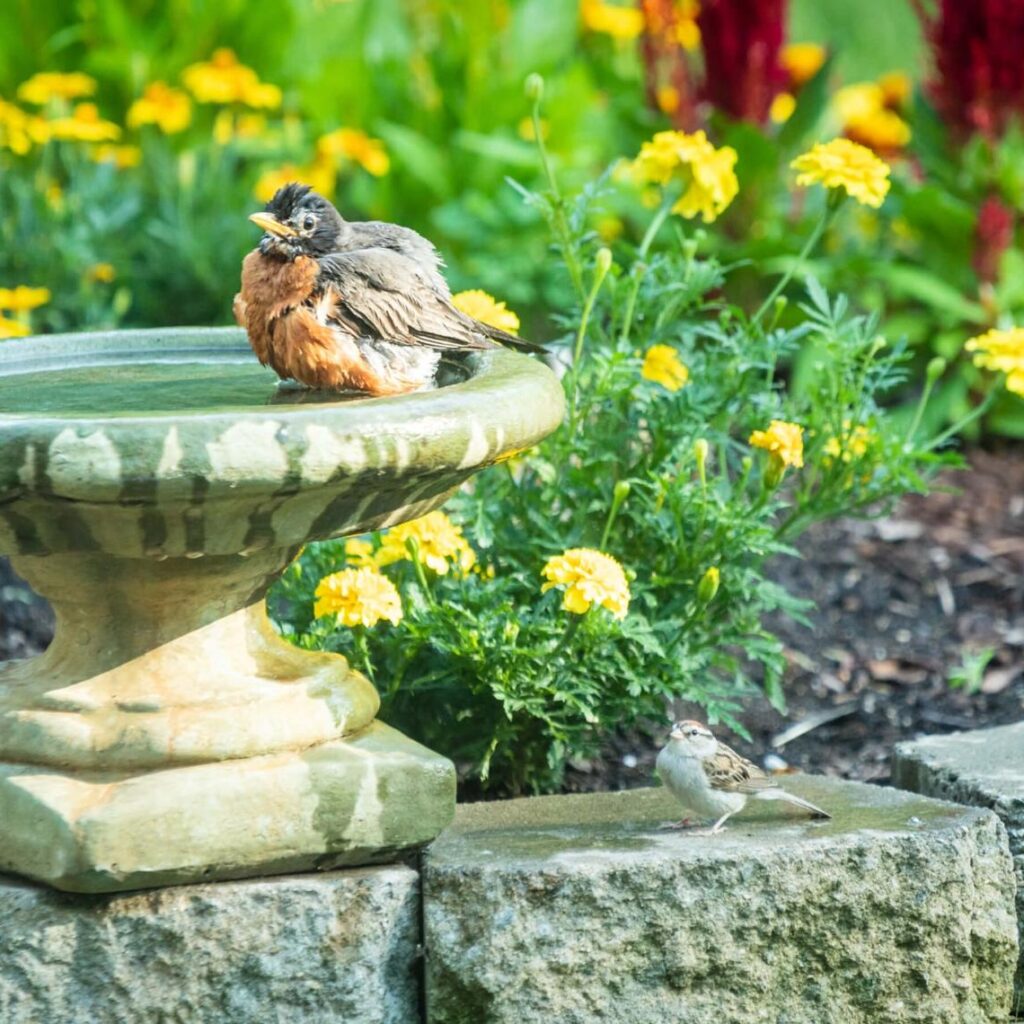
Near Trees or Shrubs (But Not Too Close)
Placing a birdbath within 5–10 feet of trees or shrubs is ideal. Birds prefer to have cover nearby to quickly retreat if predators approach. Branches offer perches for preening after bathing and shelter from the elements.
Caution: Avoid placing the birdbath directly beneath branches where leaves and droppings can fall into the water, contaminating it.
In a Partially Shaded Area
Direct sun heats up water quickly and accelerates algae growth, making the bath less appealing and more difficult to maintain. On the other hand, deep shade might make it too cool, especially in cooler seasons.
Optimal spot:
A location that receives morning sunlight and afternoon shade is ideal, keeping the water fresh, clean, and comfortably temperate throughout the day.
Away from Dense Ground Cover
Ground-level birdbaths should be set away from dense shrubs or tall grass that can conceal lurking predators like cats or snakes. Birds need an open area around the bath to spot danger while drinking or bathing.
Near Bird-Attracting Plants
Enhance your birdbath’s appeal by placing it near native flowering plants, berry-producing shrubs, or seed-bearing flowers. These not only attract birds but offer natural food sources, increasing the chances of frequent visits.
Good companion plants include:
- Sunflowers
- Coneflowers
- Black-eyed Susans
- Serviceberry
- Elderberry
Within Clear Sight from Indoors
If birdwatching is one of your goals, choose a spot that’s visible from a kitchen window, patio, or favorite indoor seating area. This allows you to observe birds without disturbing them.
On a Stable, Level Surface
For safety, position your birdbath on level ground to prevent tipping. A wobbly bath can scare birds away or cause injury.
If your garden is uneven, consider a birdbath with a wide, sturdy base or use flat stones or pavers to stabilize it.
Factors to Consider Before Placing a Birdbath
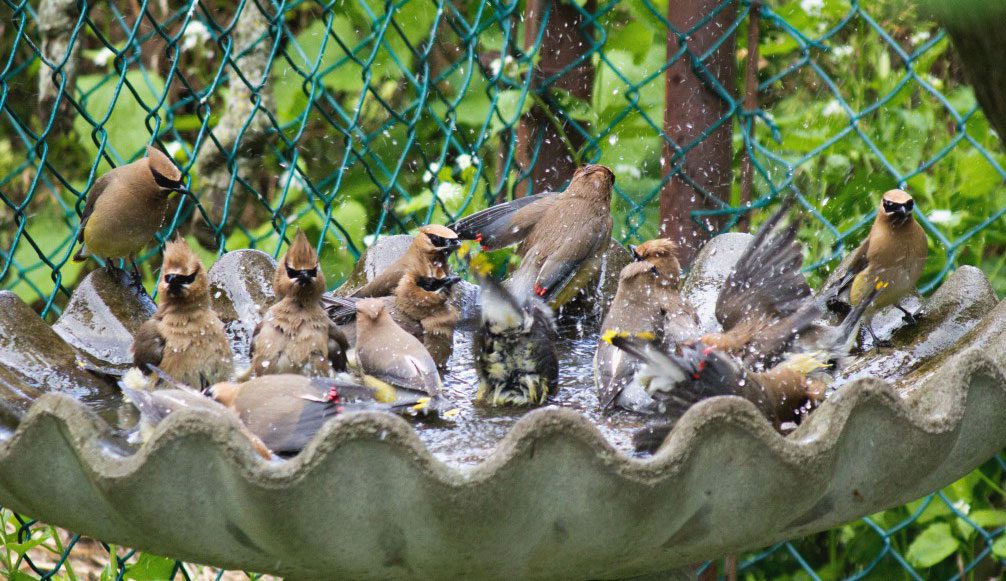
Safety from Predators
Always prioritize bird safety. Avoid placing birdbaths too close to:
- Thick bushes or ground covers where cats can hide
- Open, exposed areas far from any potential cover
A safe distance of 5–10 feet from shelter is recommended.
Accessibility for Birds of All Sizes
Ensure birds can easily land, drink, and bathe by:
- Keeping the water depth shallow (1–2 inches)
- Adding stones or pebbles in the bath for perching spots
- Ensuring gradual sloping sides in large baths
Maintenance and Cleaning
Place your birdbath where it’s easy to access for frequent cleaning and refilling. Dirty, stagnant water can spread disease among birds.
Tip: Position it near a garden tap or rain barrel for convenience.
Protection from Strong Winds
Windy spots can cause water to splash out or make birds feel unsafe. Position your birdbath in a sheltered location with moderate air movement.
Seasonal Adjustments
In hot climates, move birdbaths into more shade during peak summer. In cold regions, locate baths in a sunny, sheltered spot during winter to reduce freezing.
Optional: Use heated birdbaths or de-icers in colder climates to offer year-round water.
Comparison of Different Birdbath Placements
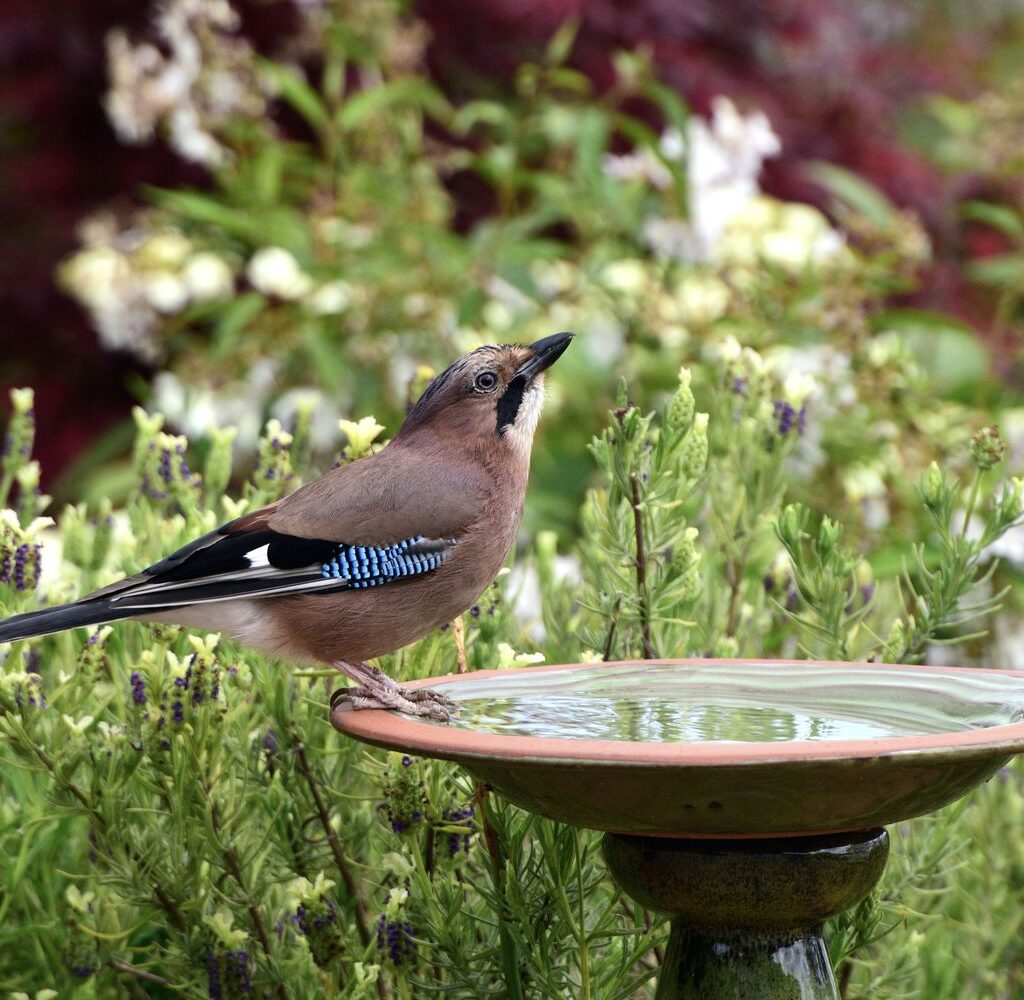
| Location | Advantages | Disadvantages |
|---|---|---|
| Near trees/shrubs | Shelter, perching spots, safety | Droppings or debris contamination if too close |
| Open sunny spot | Easy visibility, warmth in winter | Quick evaporation, algae growth in summer |
| Partial shade | Prevents overheating, reduces algae | May cool too much in early morning hours |
| Near flower beds | Attracts birds with food sources nearby | Requires careful predator monitoring |
| Under eaves/awnings | Sheltered from rain, wind, and harsh sun | Limited visibility and accessibility |
Extra Tips for Attracting More Birds
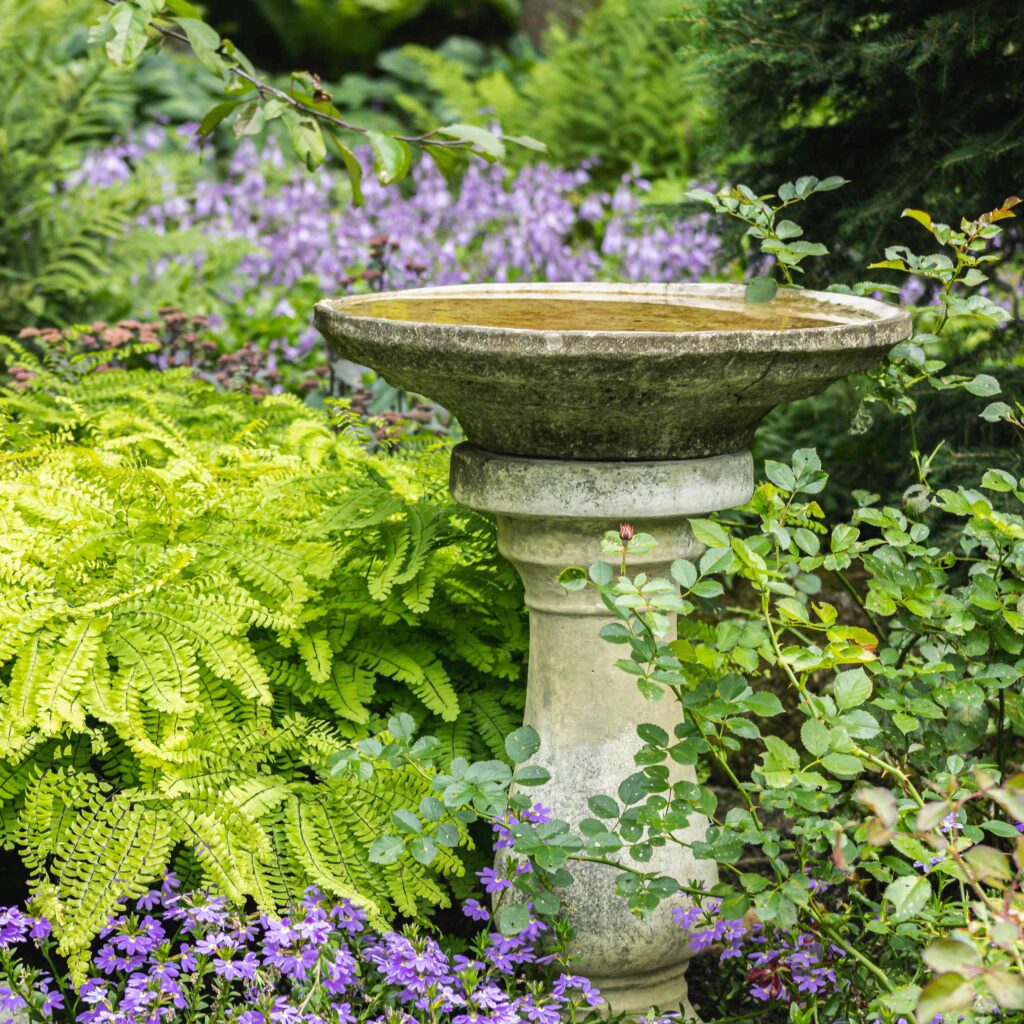
- Add multiple birdbaths at varying heights (ground level, pedestal, hanging) to cater to different bird species.
- Use natural stones in the bath for perching and to help fledglings climb out.
- Keep water fresh and clean — replace every 2–3 days.
- Avoid placing baths near reflective surfaces (like windows) to prevent bird collisions.
- Combine with a bird feeder or nesting box nearby for a complete bird-friendly garden.
Environmental Benefits of a Well-Placed Birdbath
Aside from birdwatching joy, a strategically placed birdbath offers environmental benefits:
- Supports pollination indirectly by encouraging pollinator-friendly bird species.
- Reduces insect pests, as many garden birds feed on harmful bugs.
- Promotes local biodiversity, enhancing the ecological health of your garden.
Conclusion
Where should you place a birdbath in the garden?
The ideal location is:
- 5–10 feet from trees or shrubs for safety
- In a partially shaded area to keep water cool and clean
- Away from dense ground cover to avoid predators
- Near flowering or fruit-bearing plants to attract more birds
- On stable, level ground for bird safety and easy maintenance
- Within clear view from your home if you enjoy birdwatching
A well-placed birdbath transforms your garden into a safe haven for birds, enhances biodiversity, and offers endless opportunities for peaceful observation. By considering both the needs of your feathered visitors and practical garden management, you can create a thriving, bird-friendly environment right outside your door.

